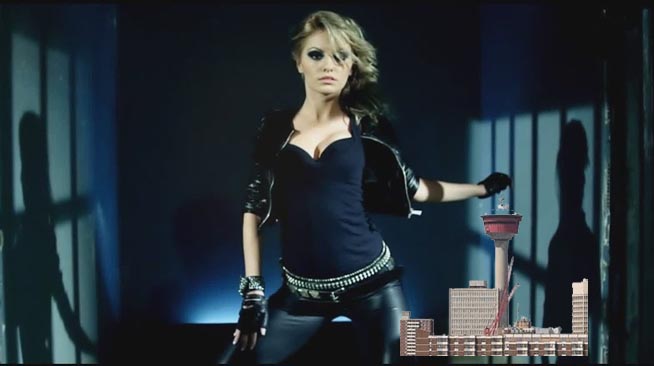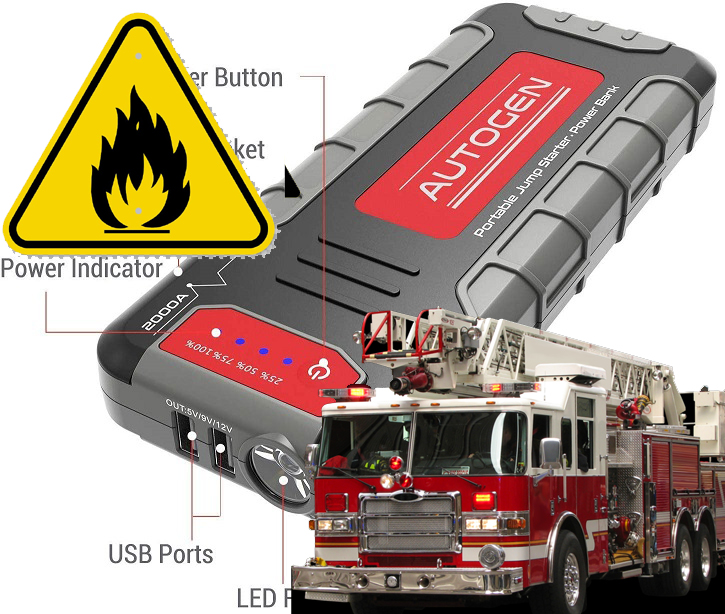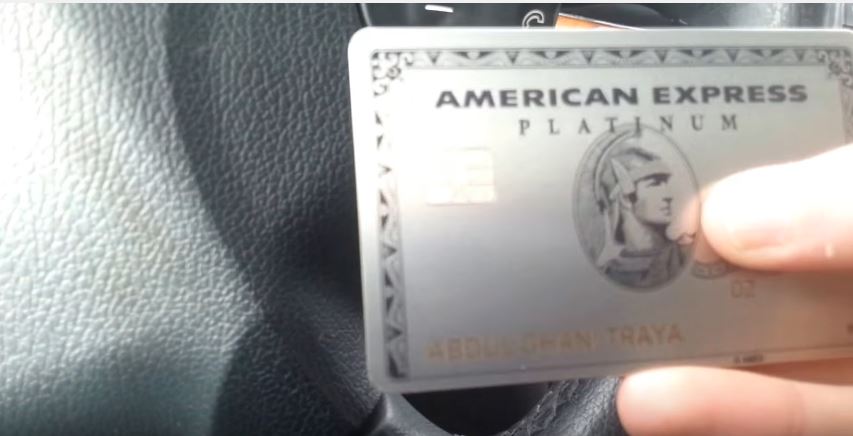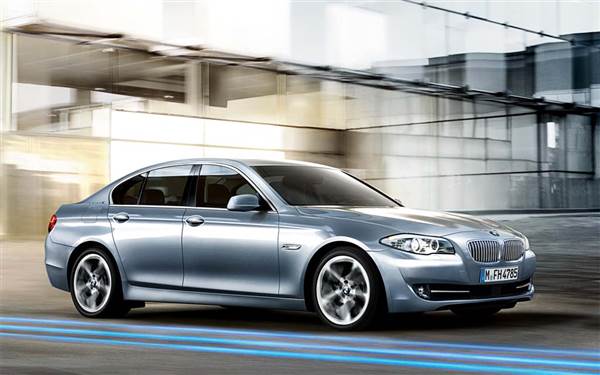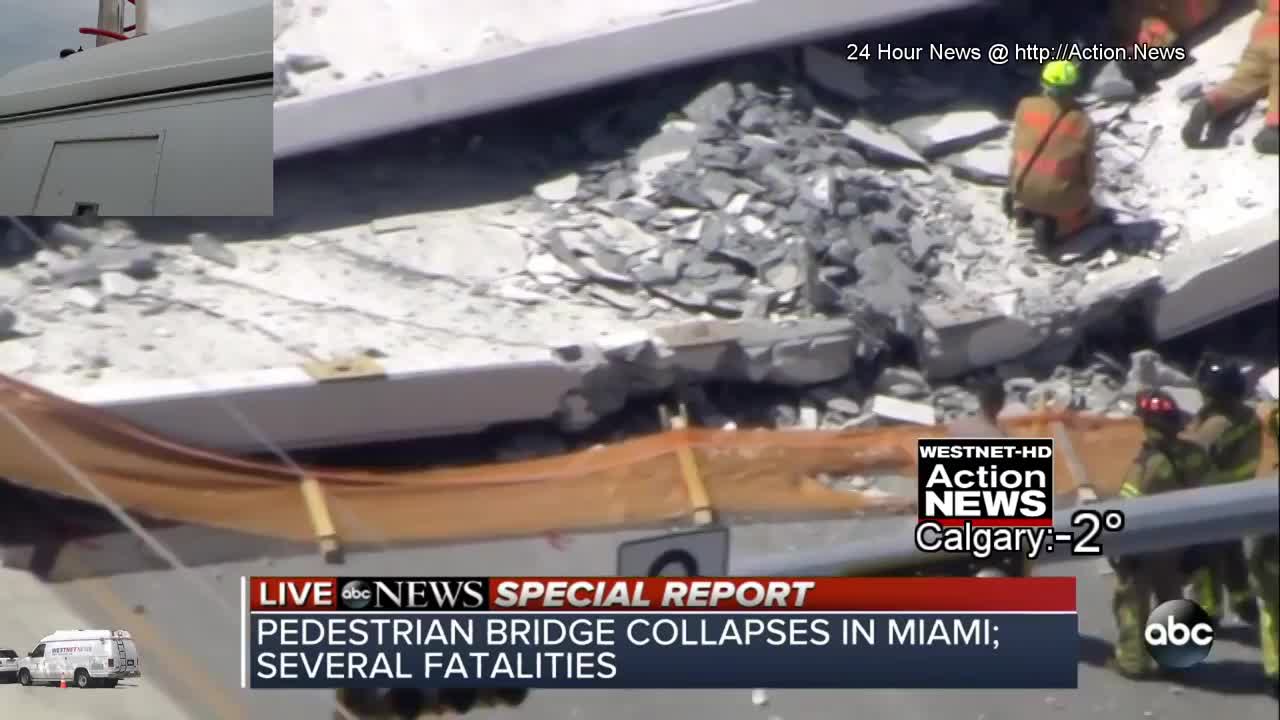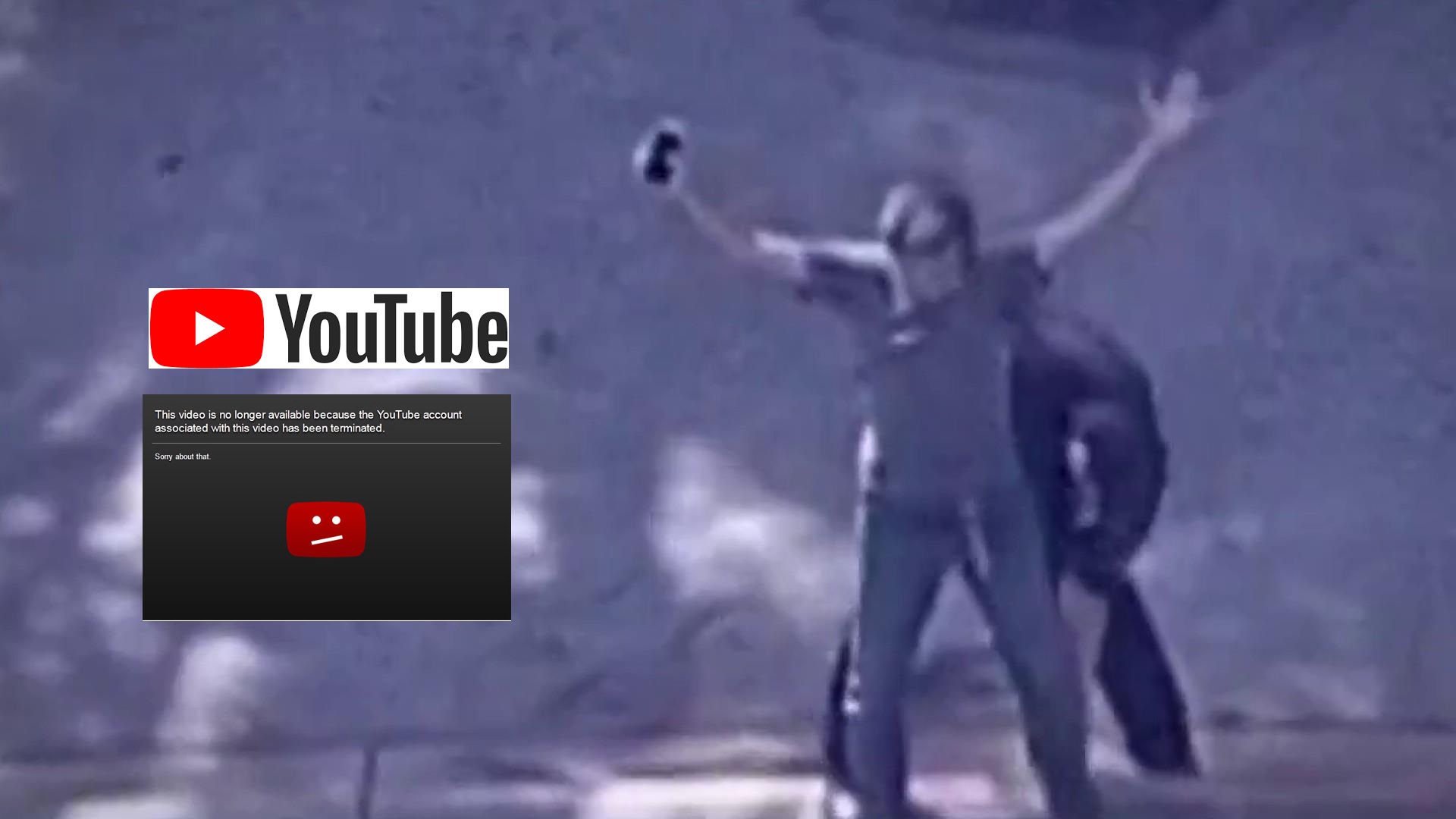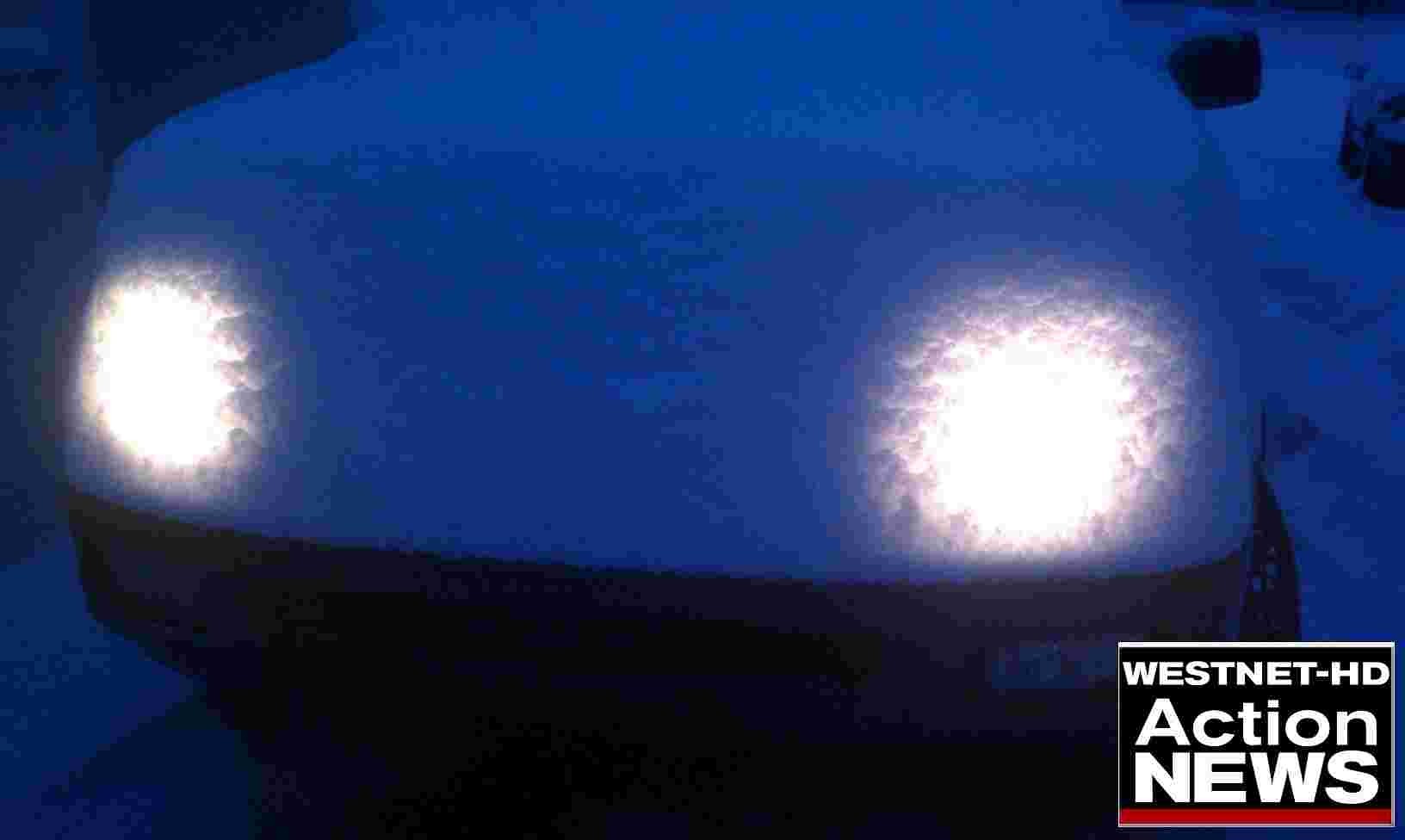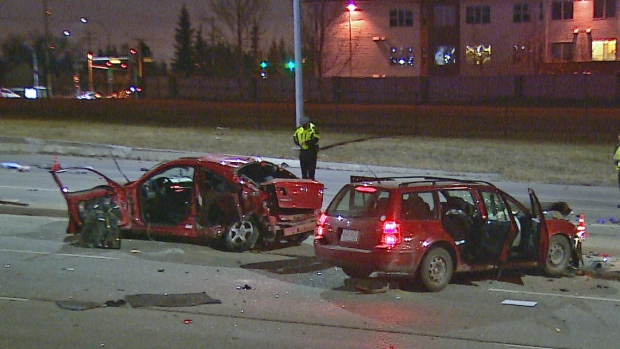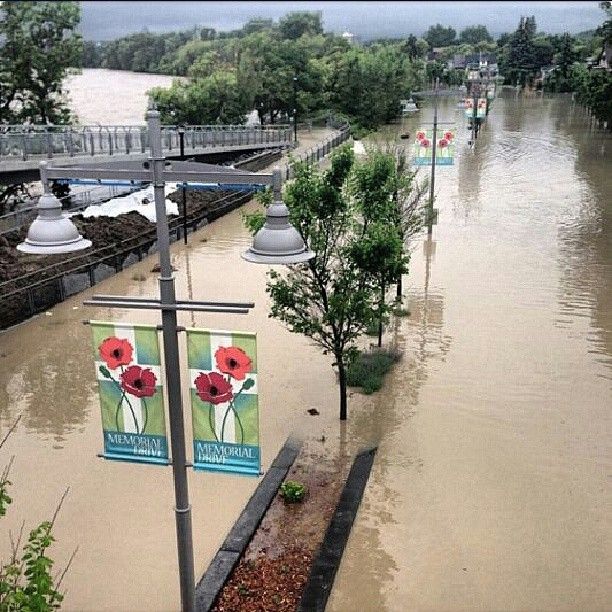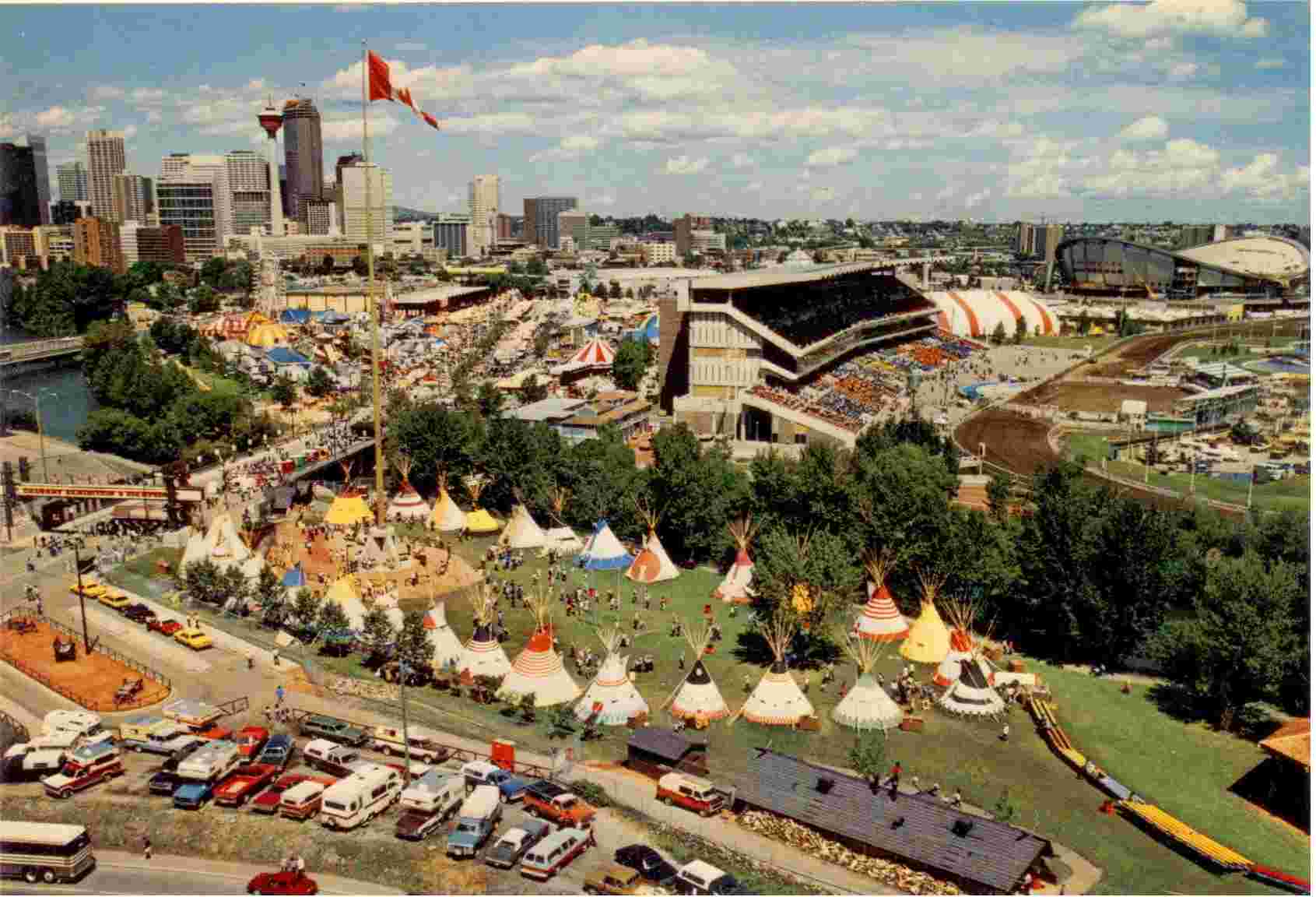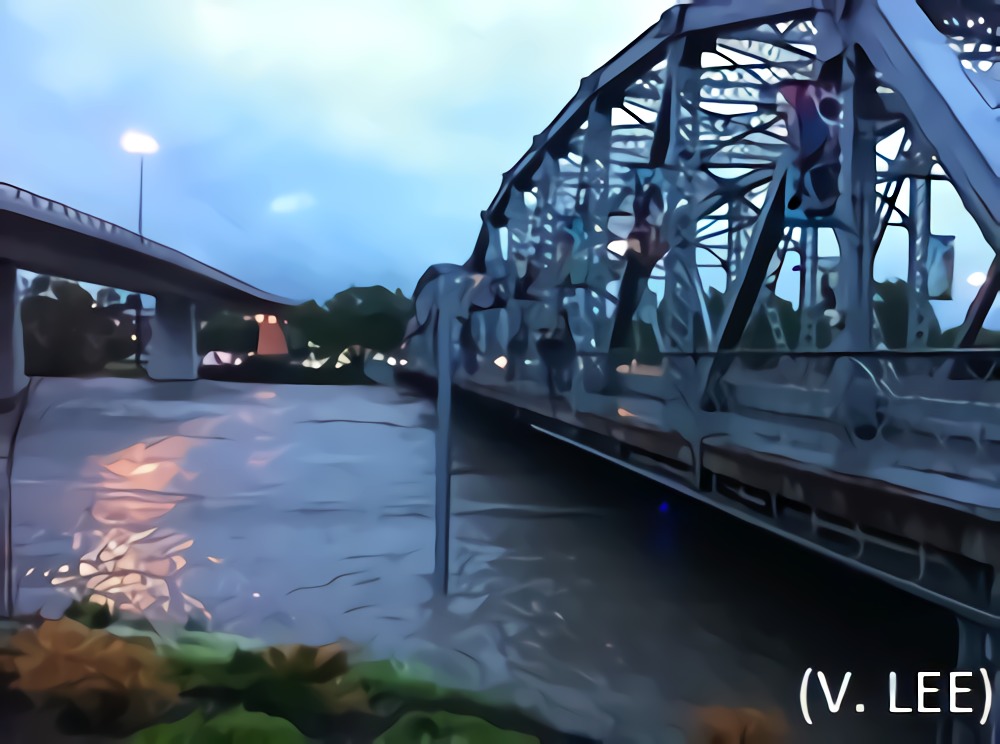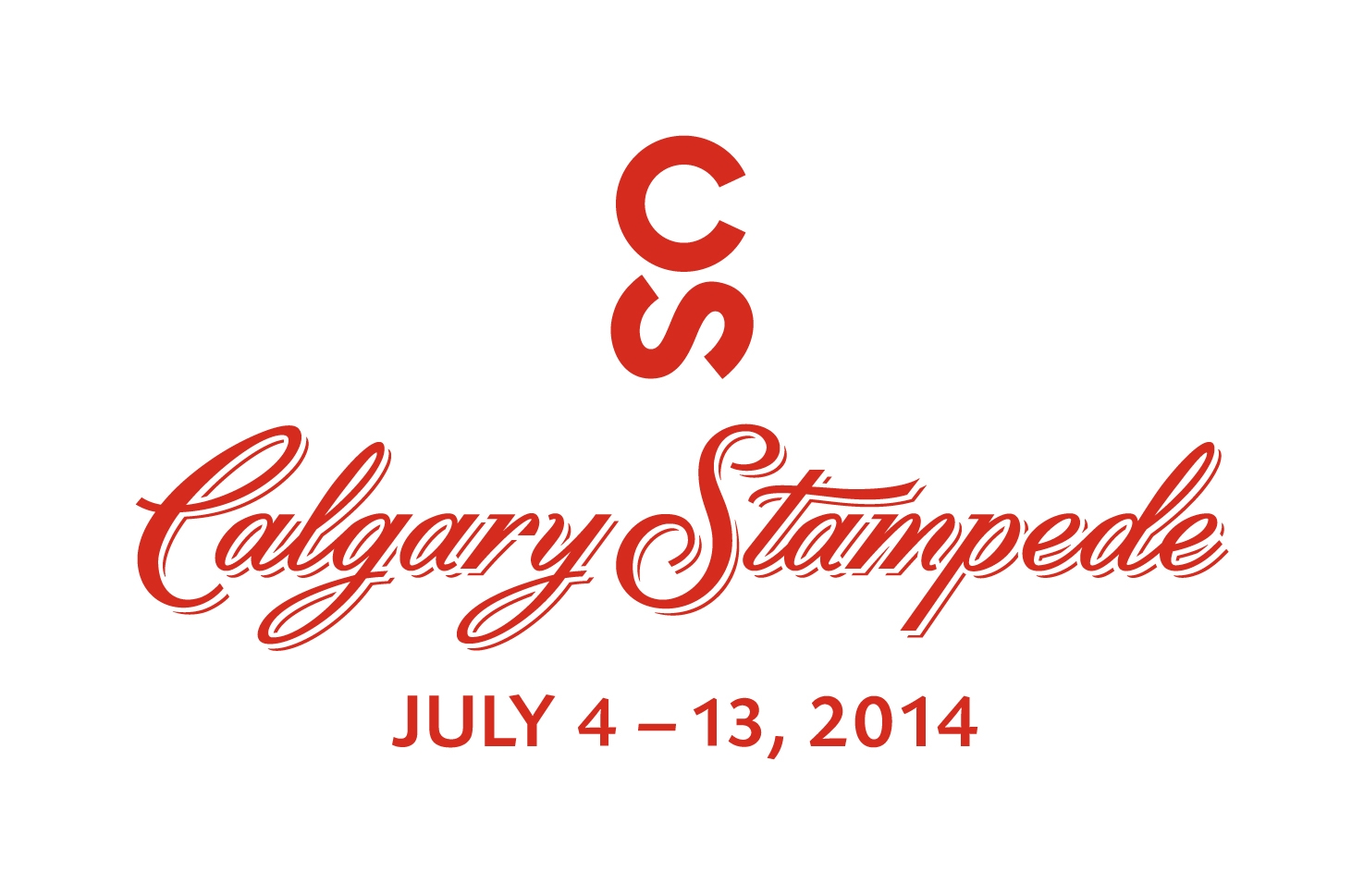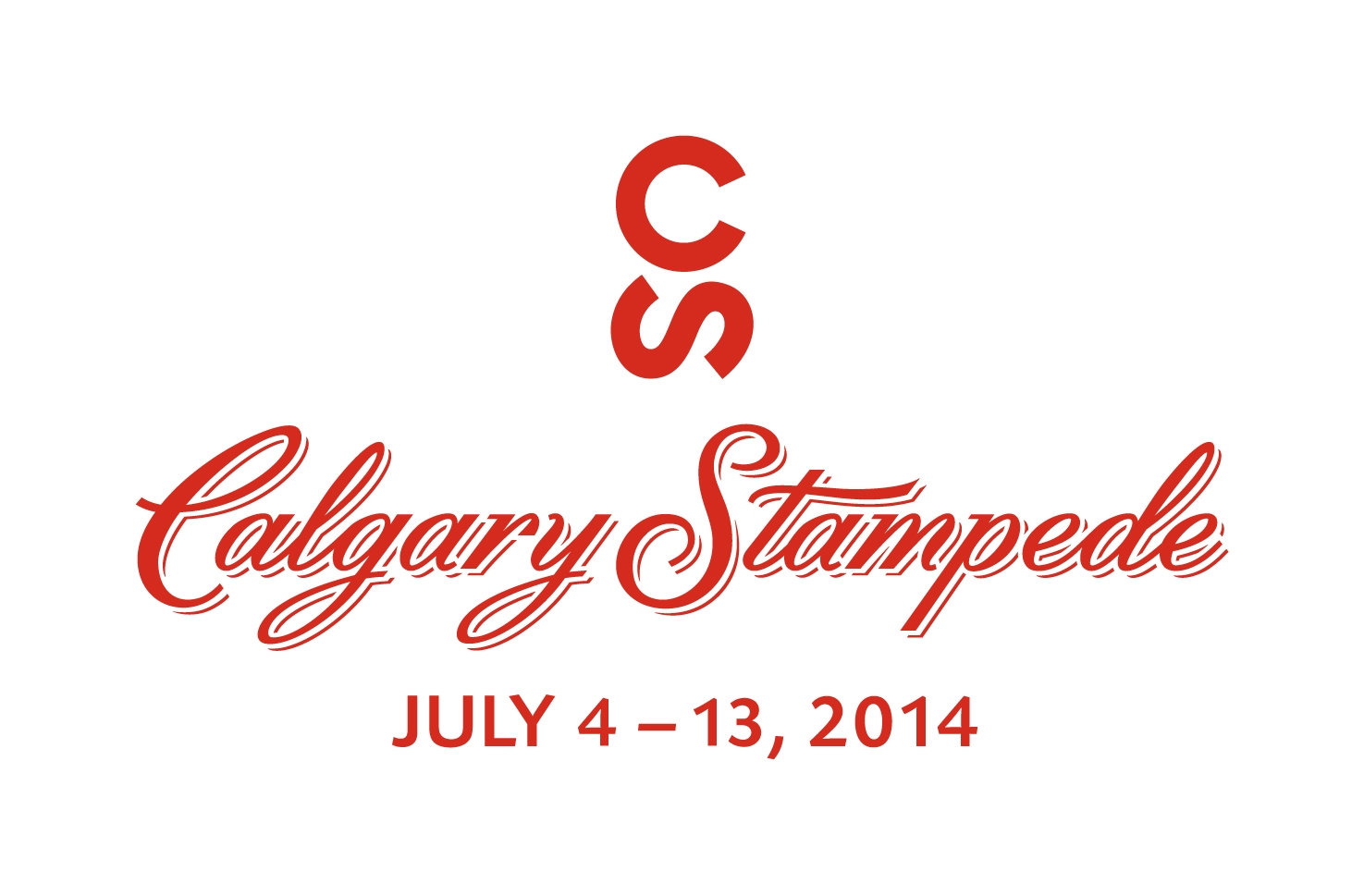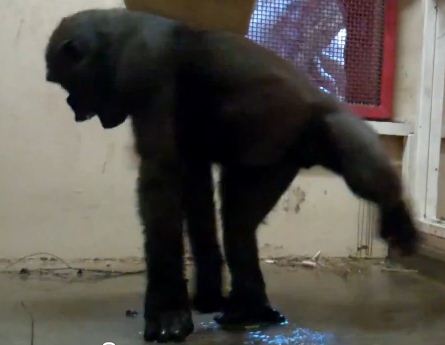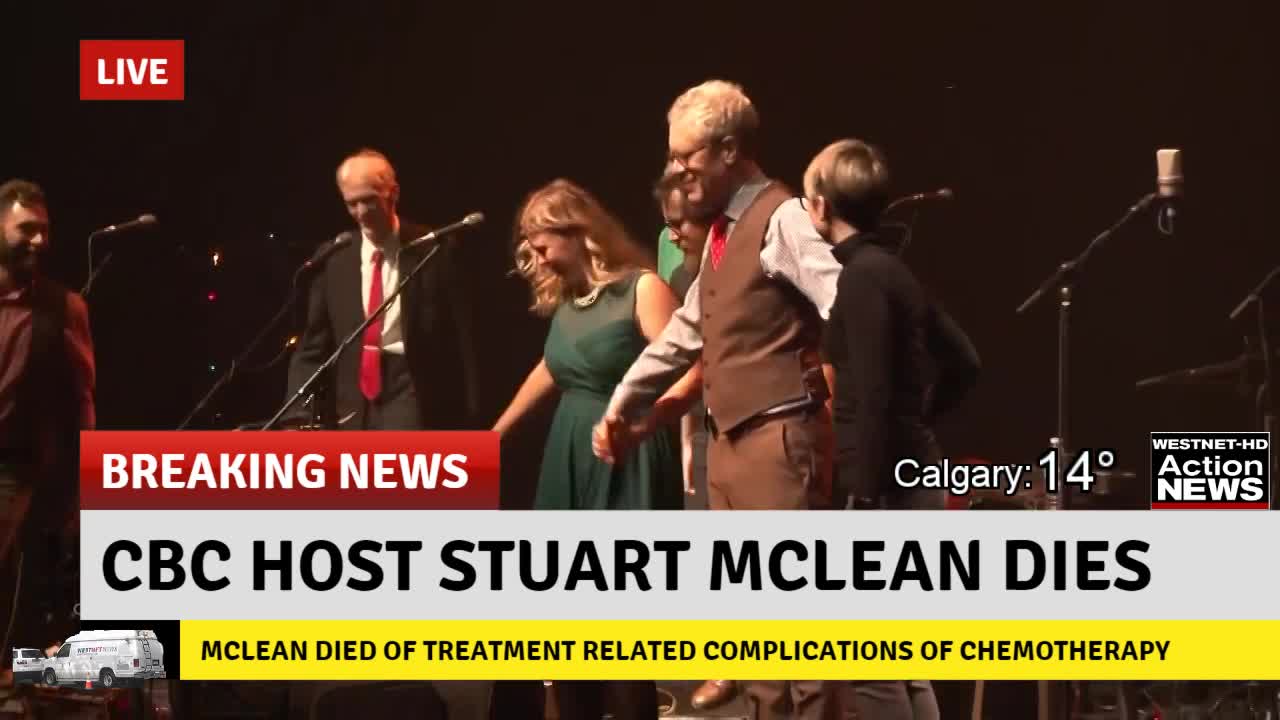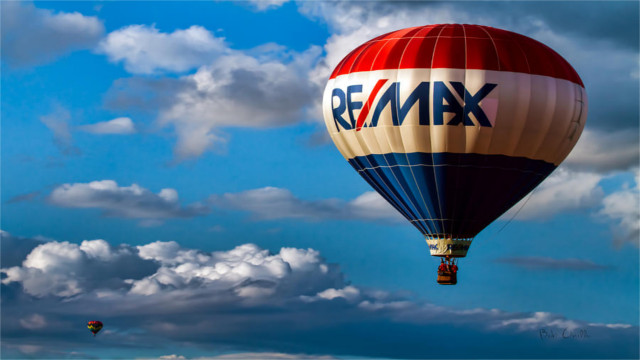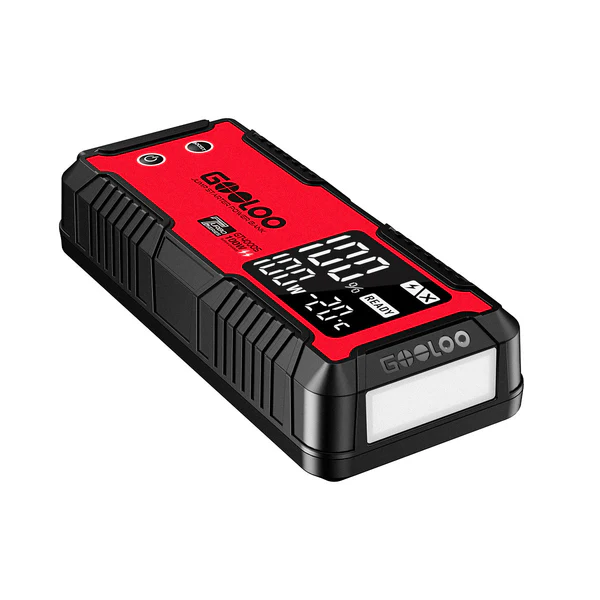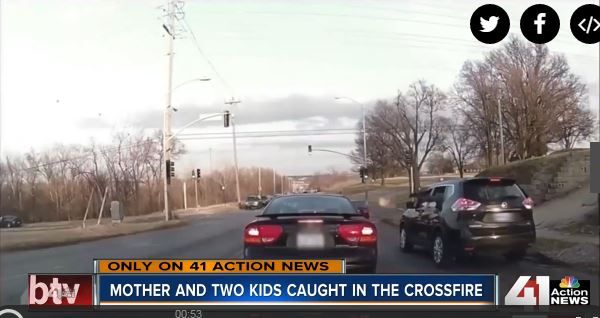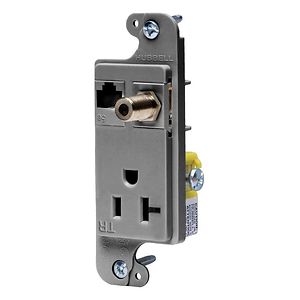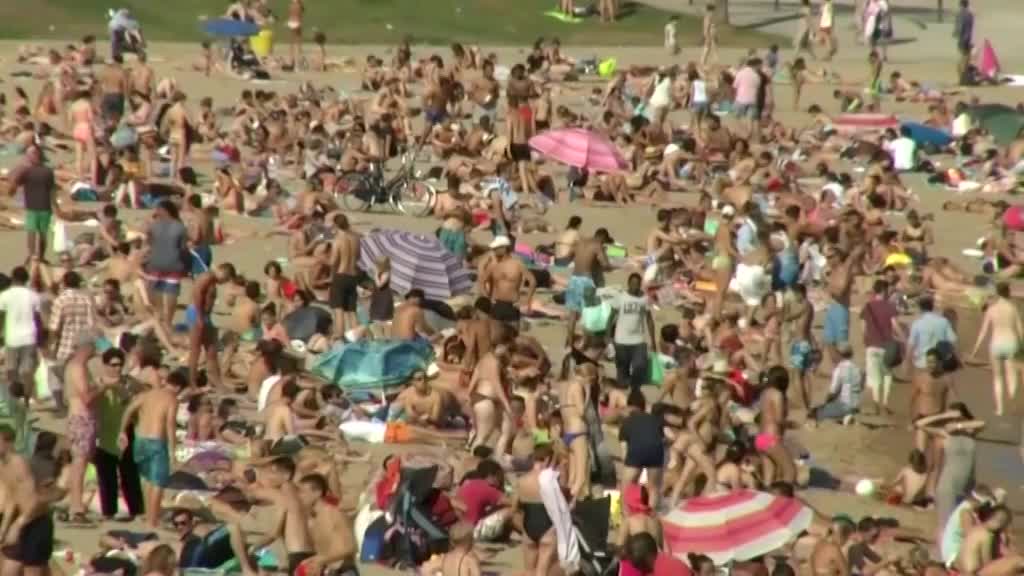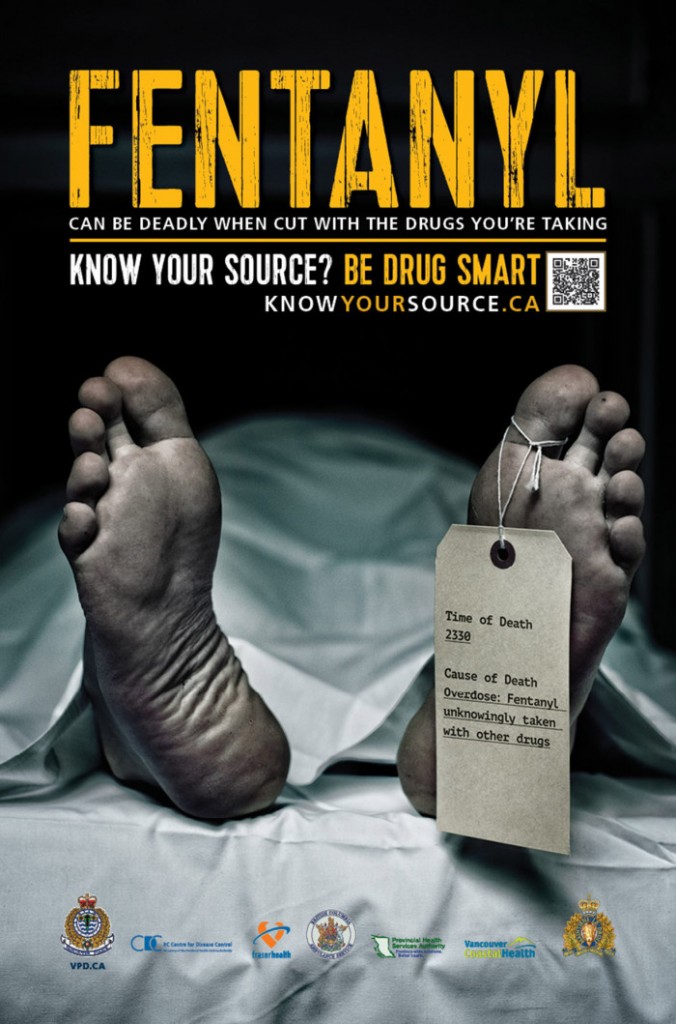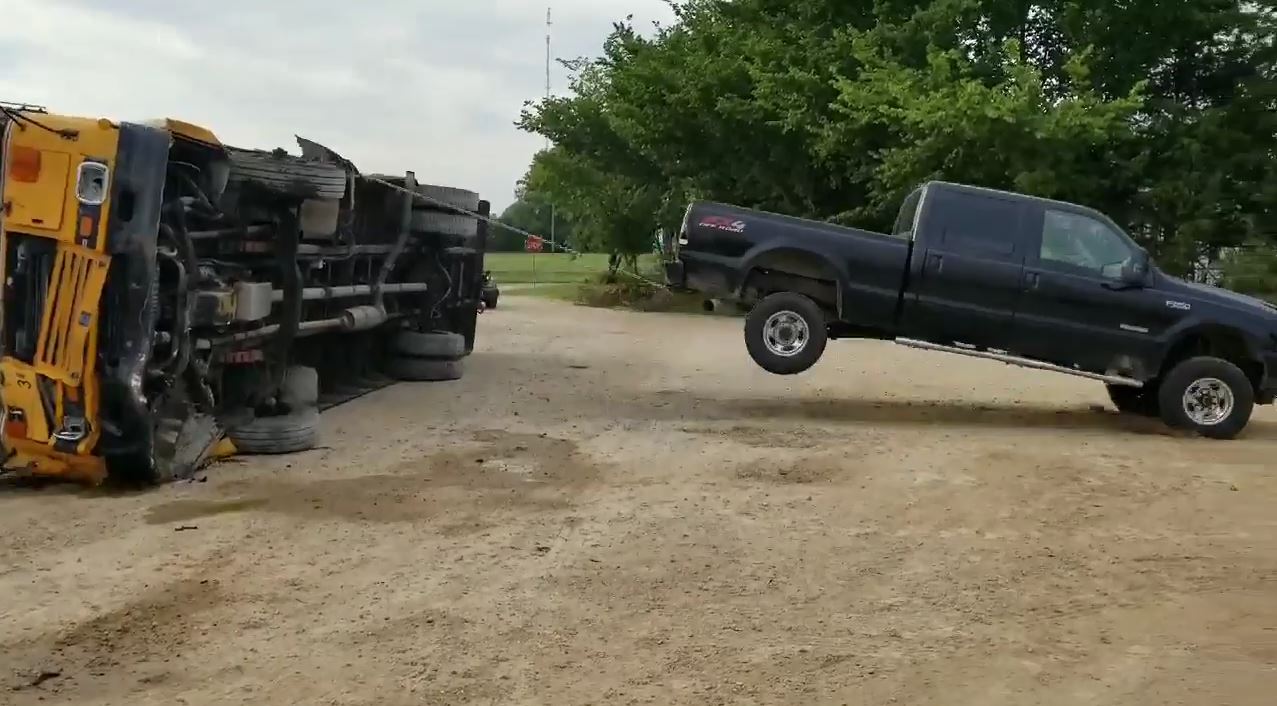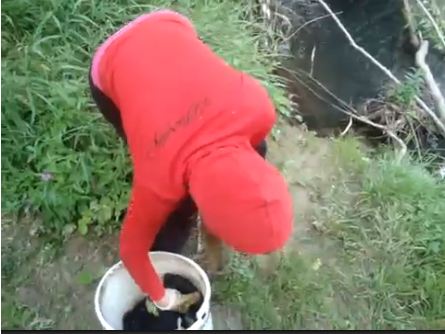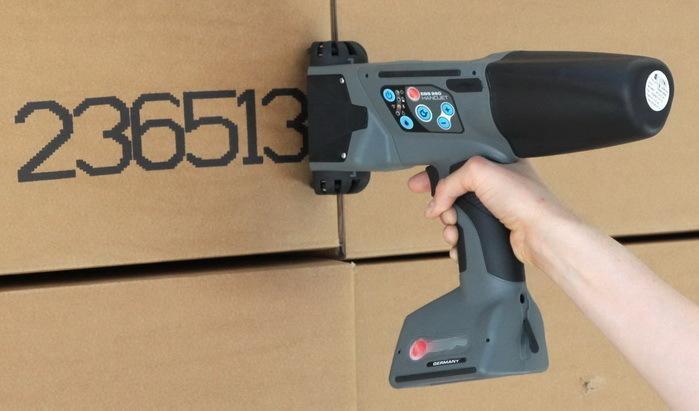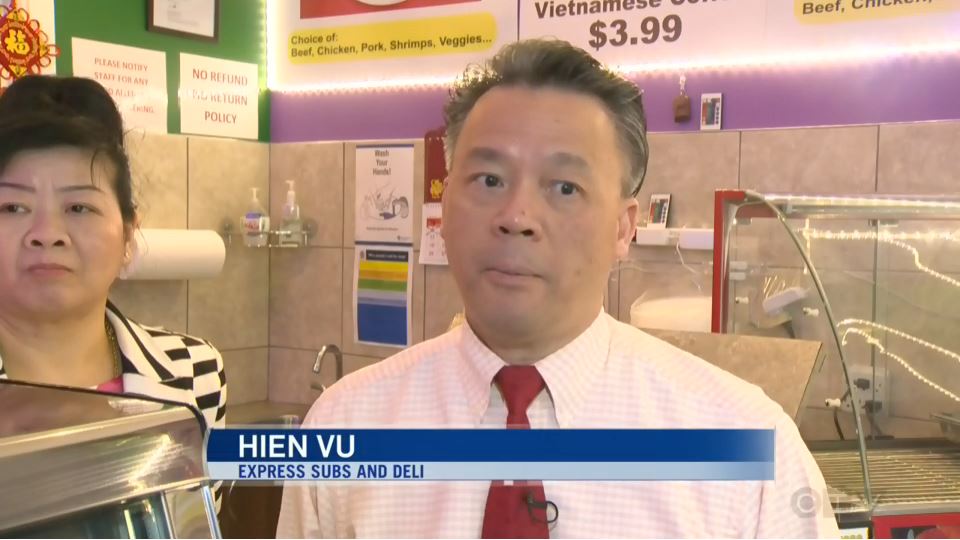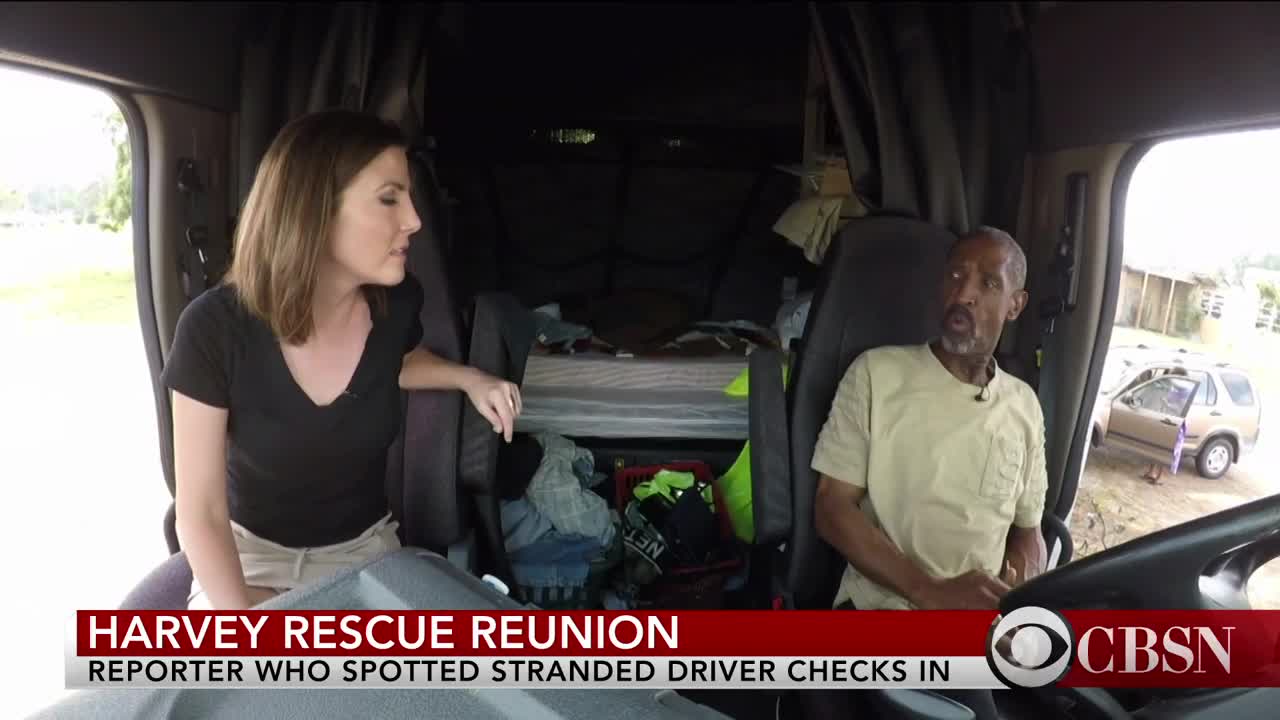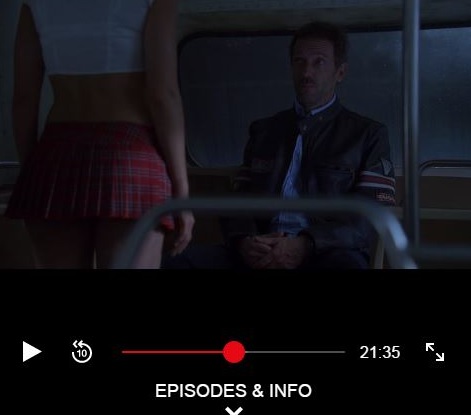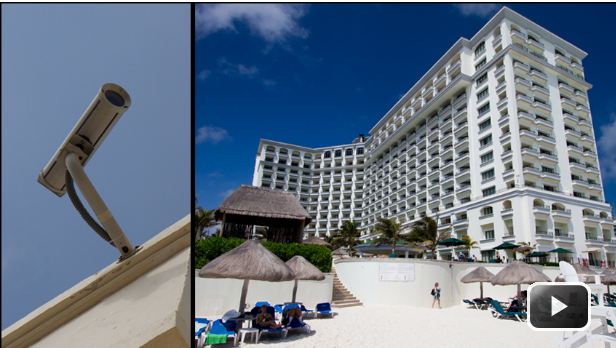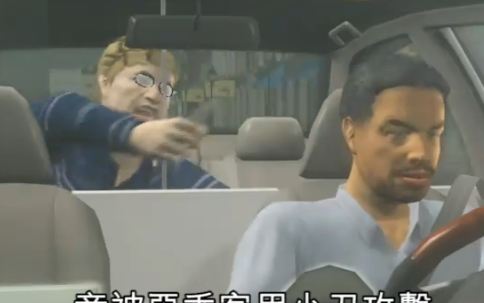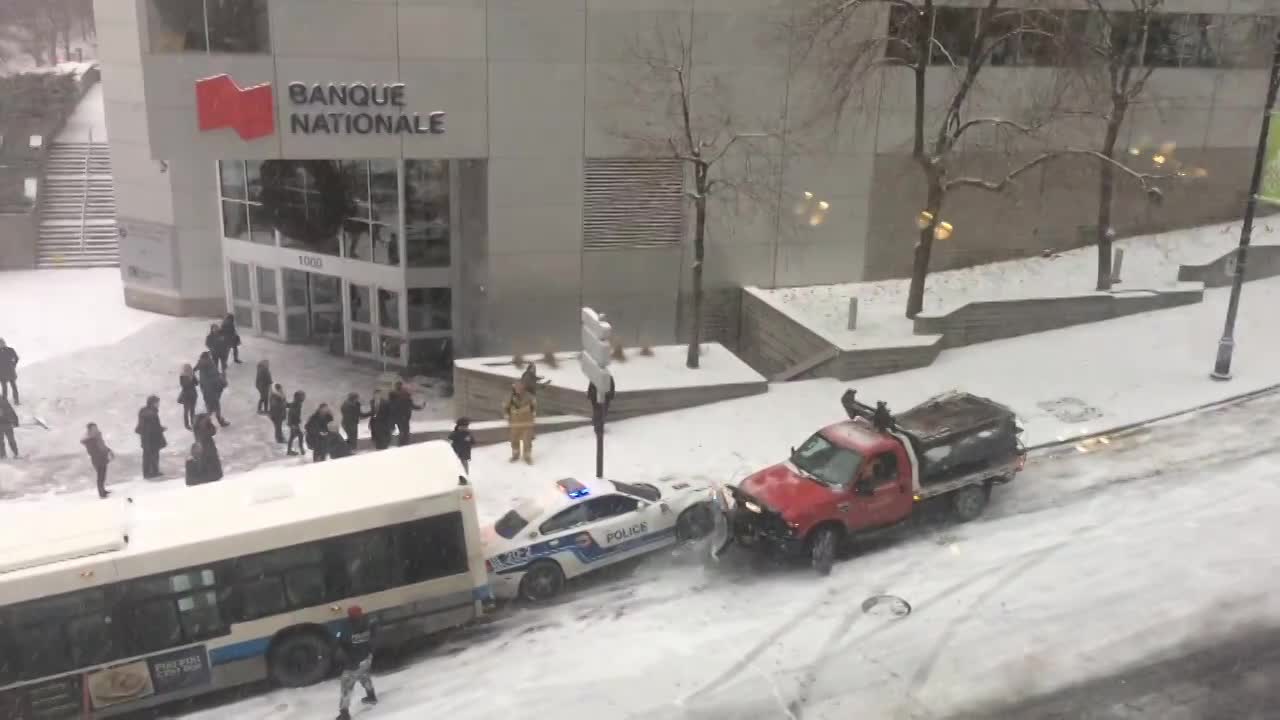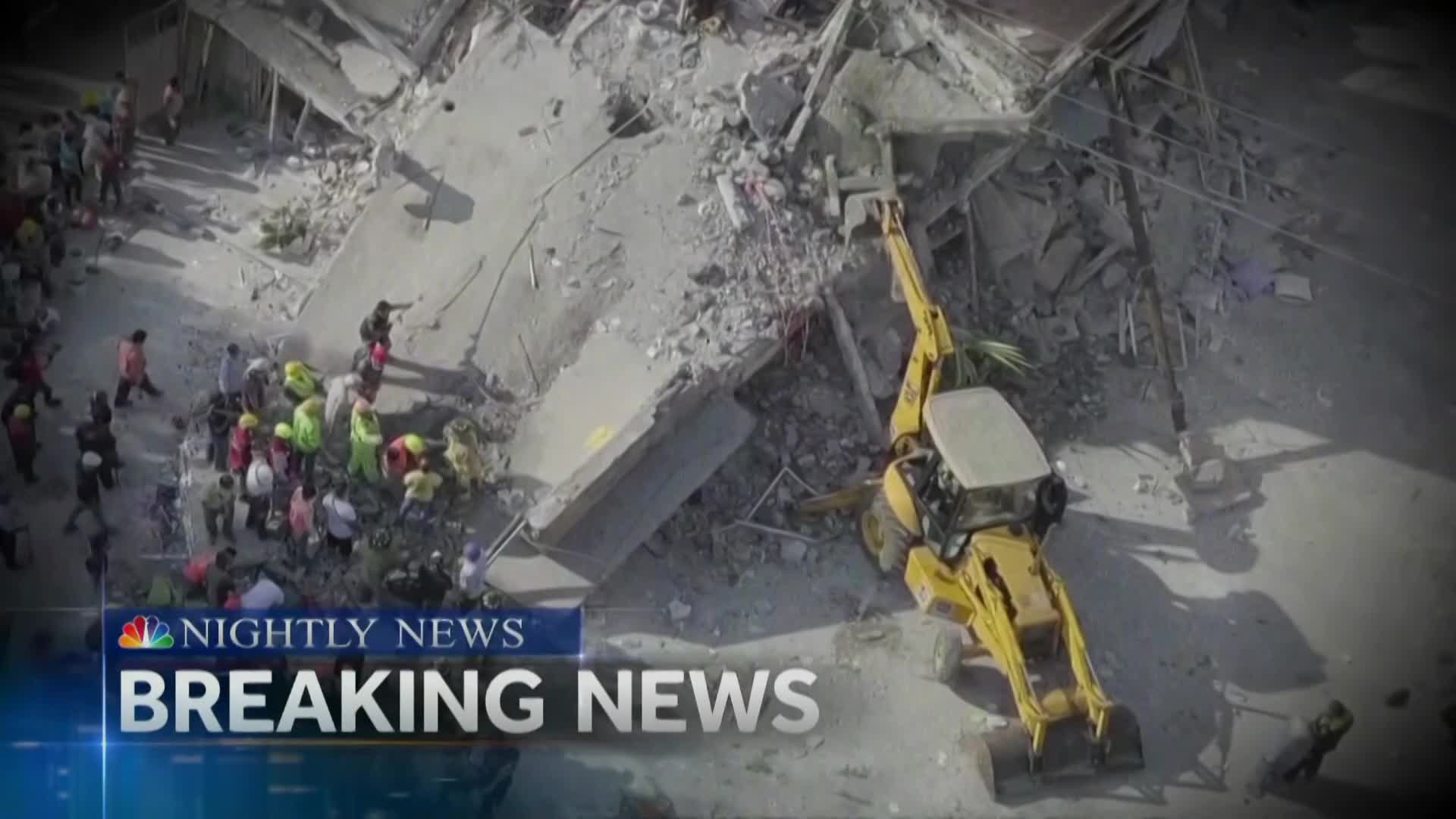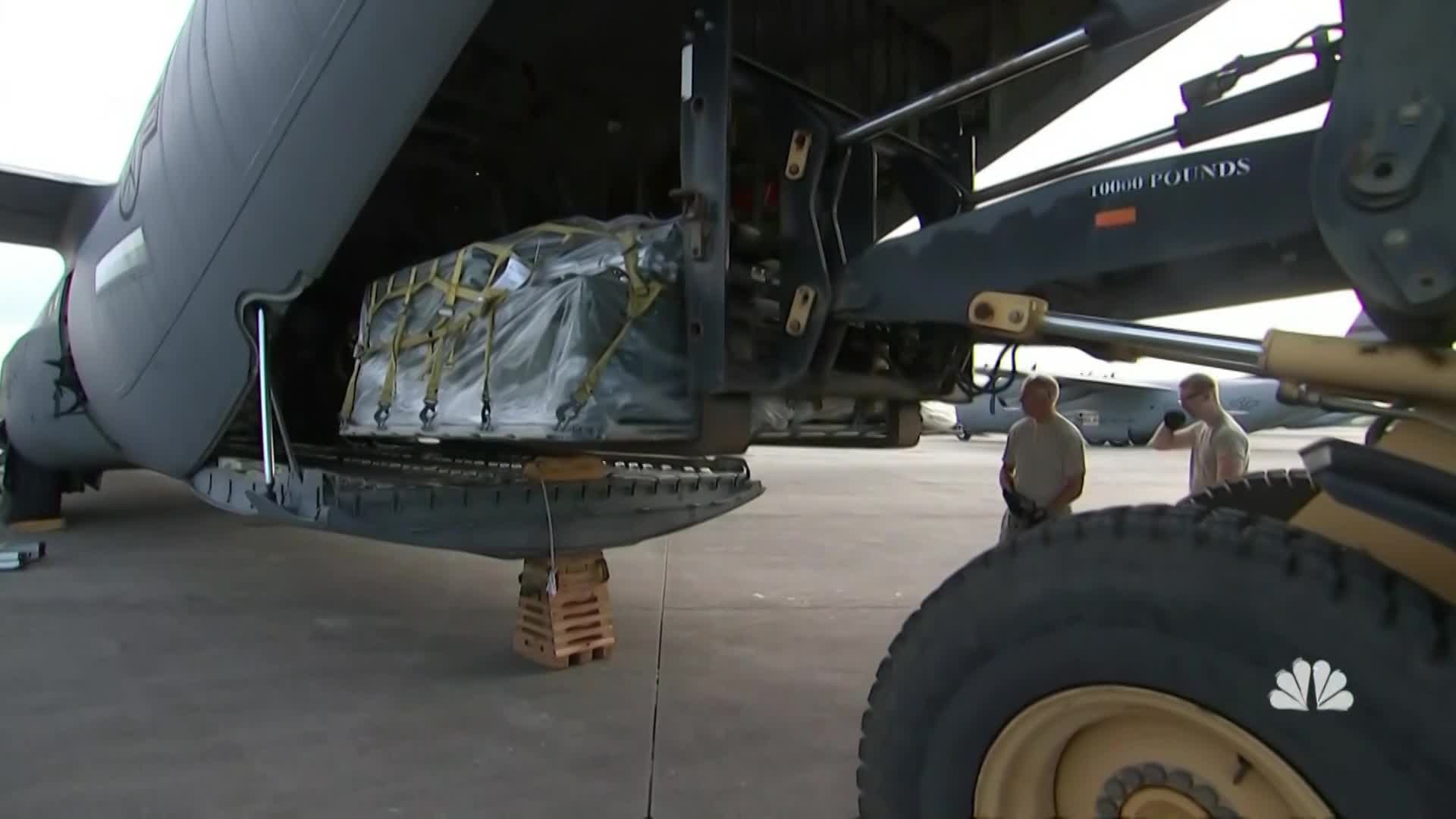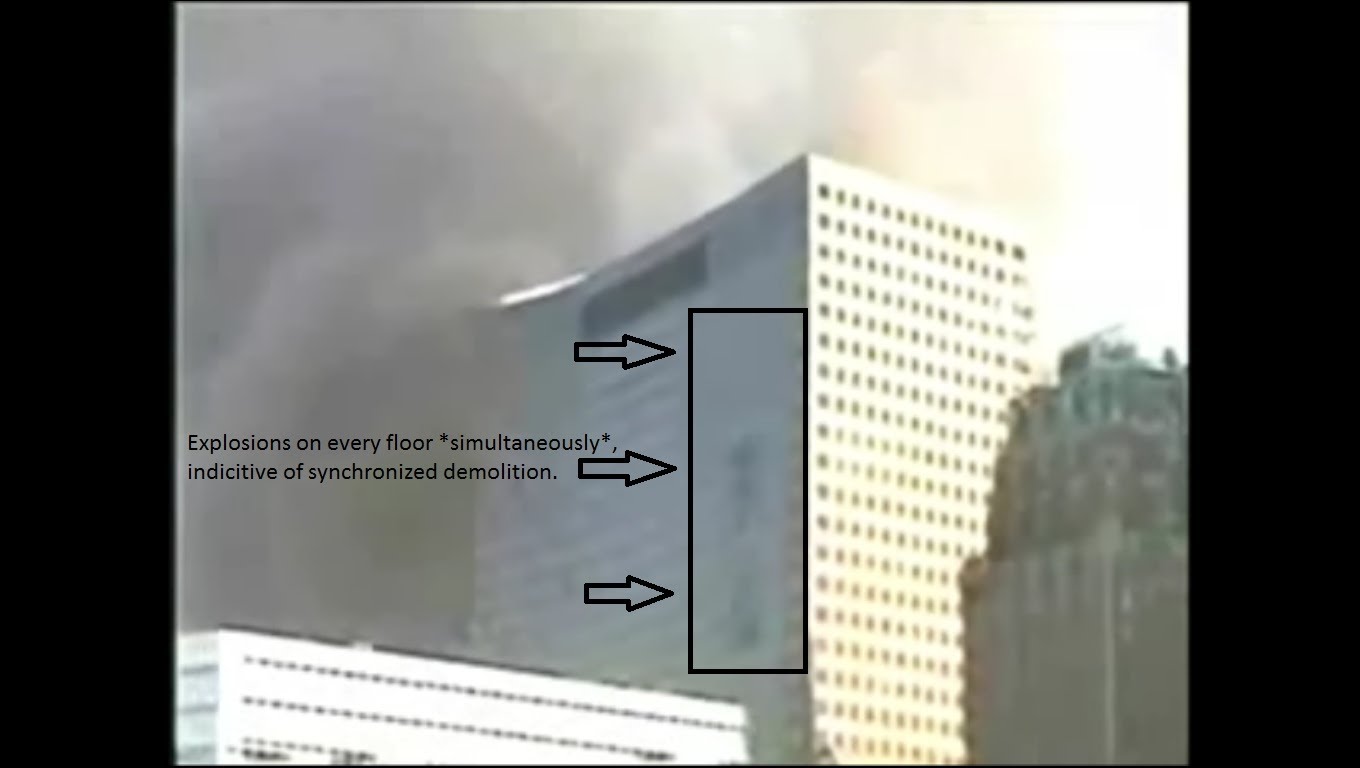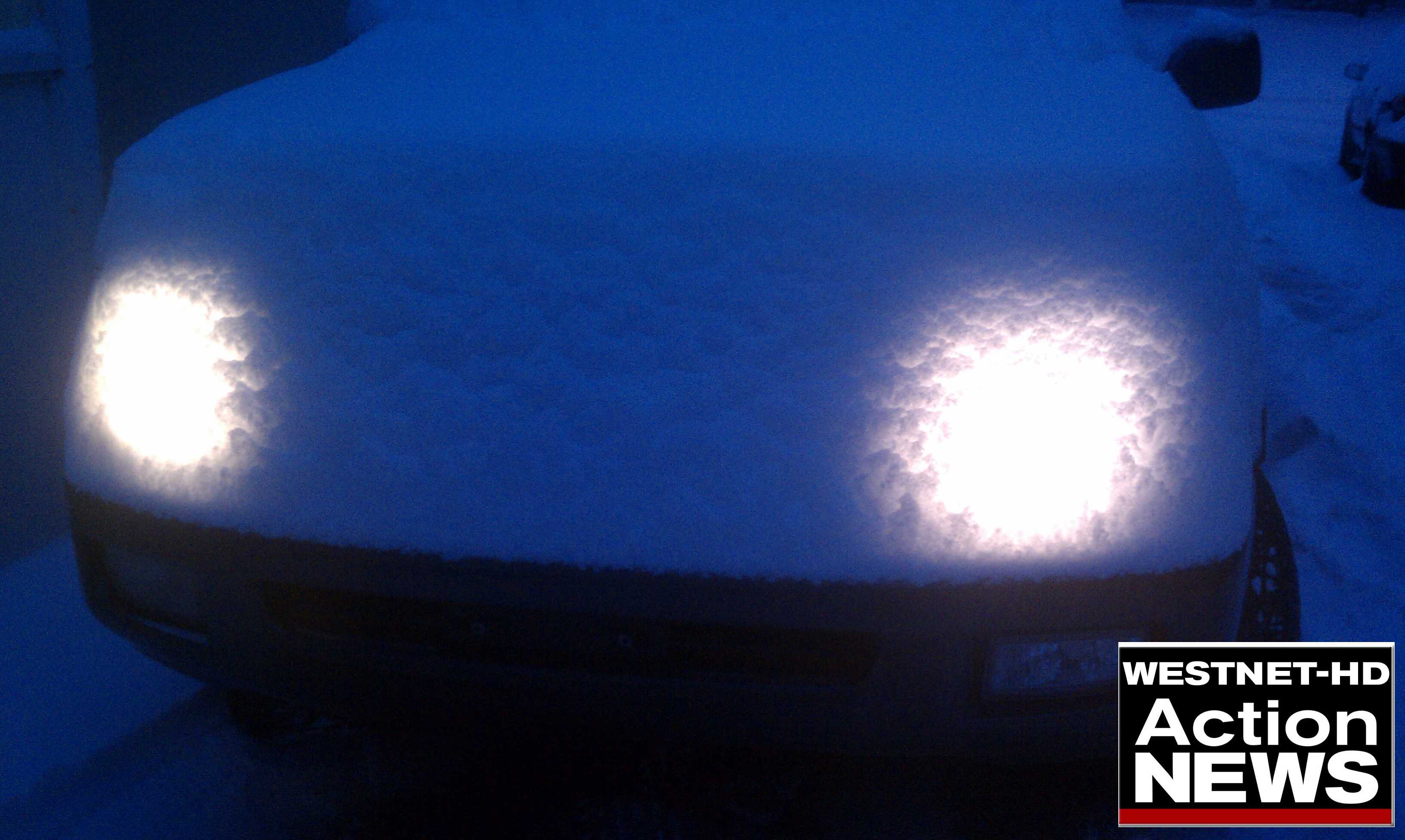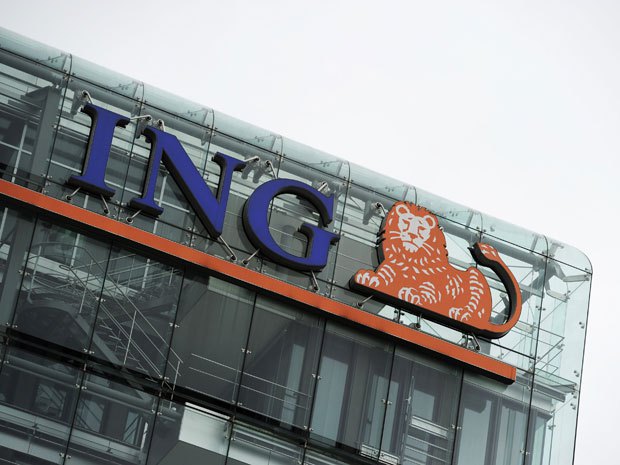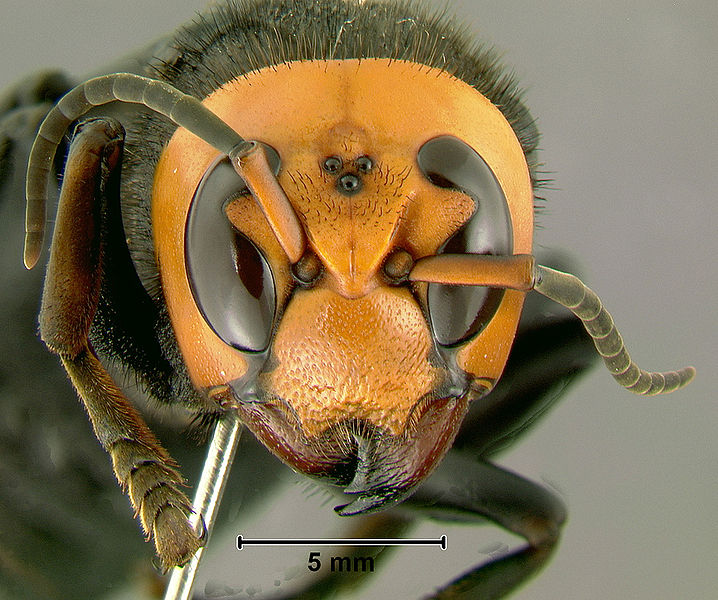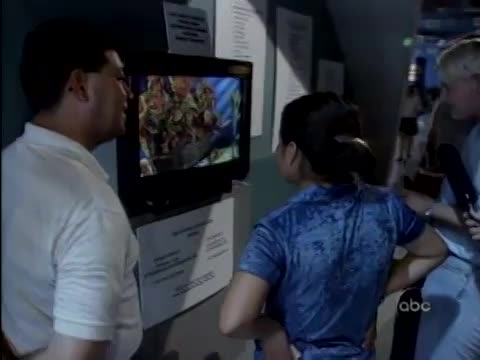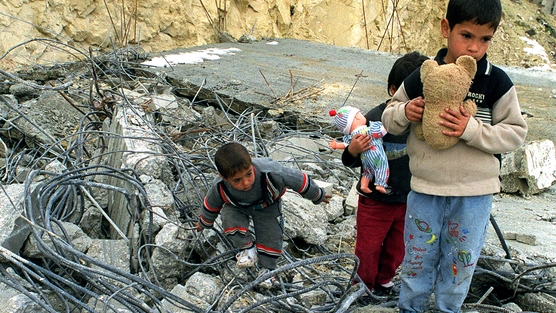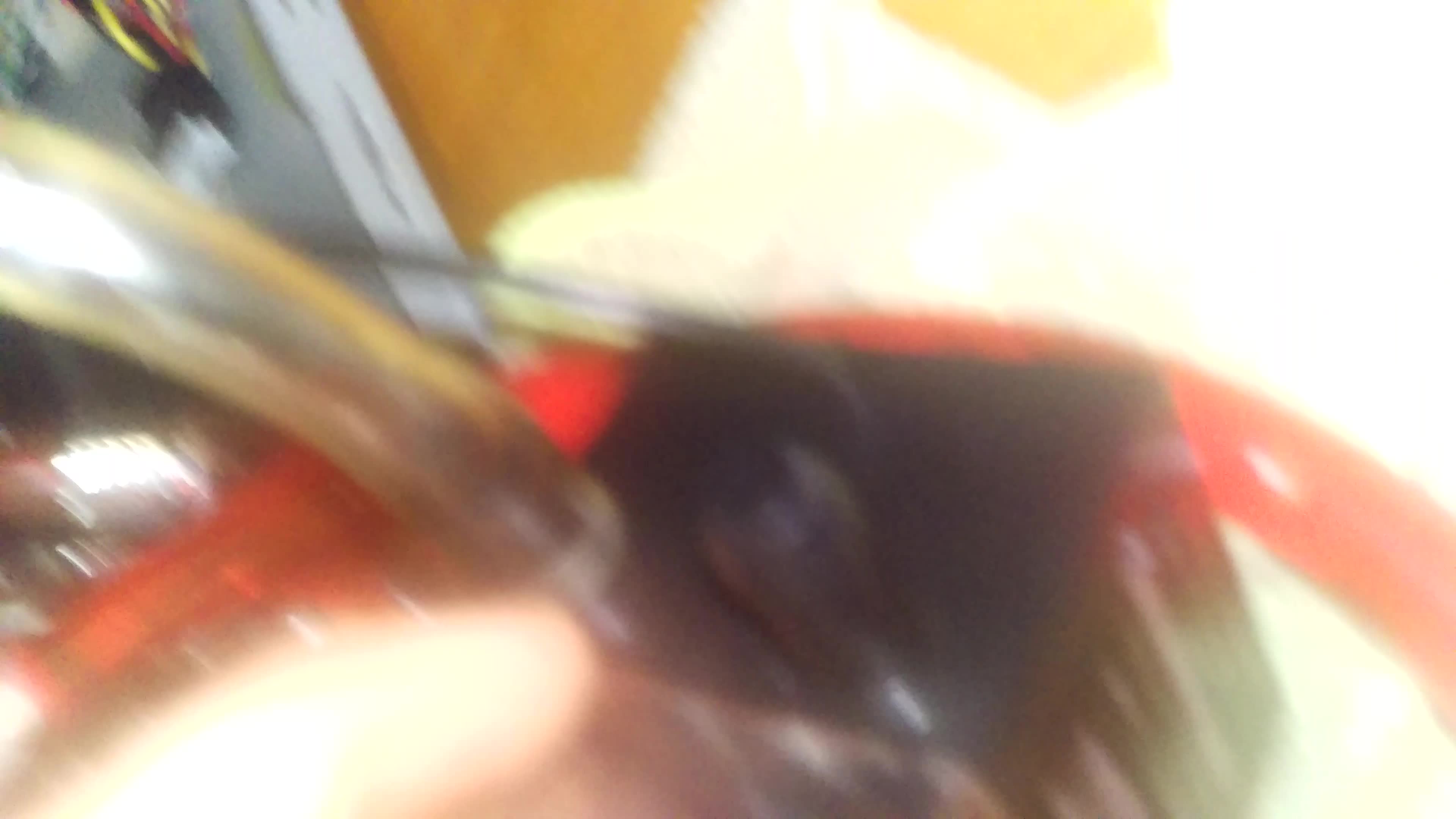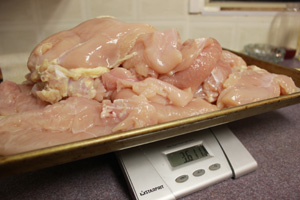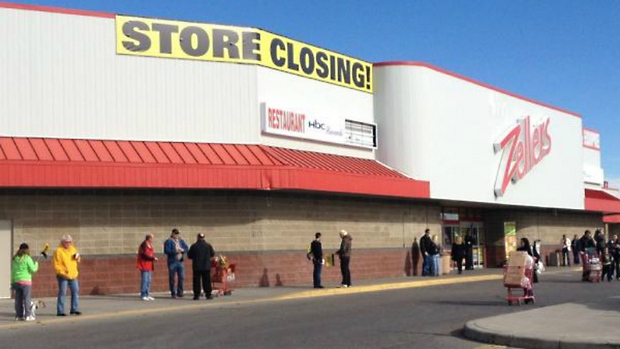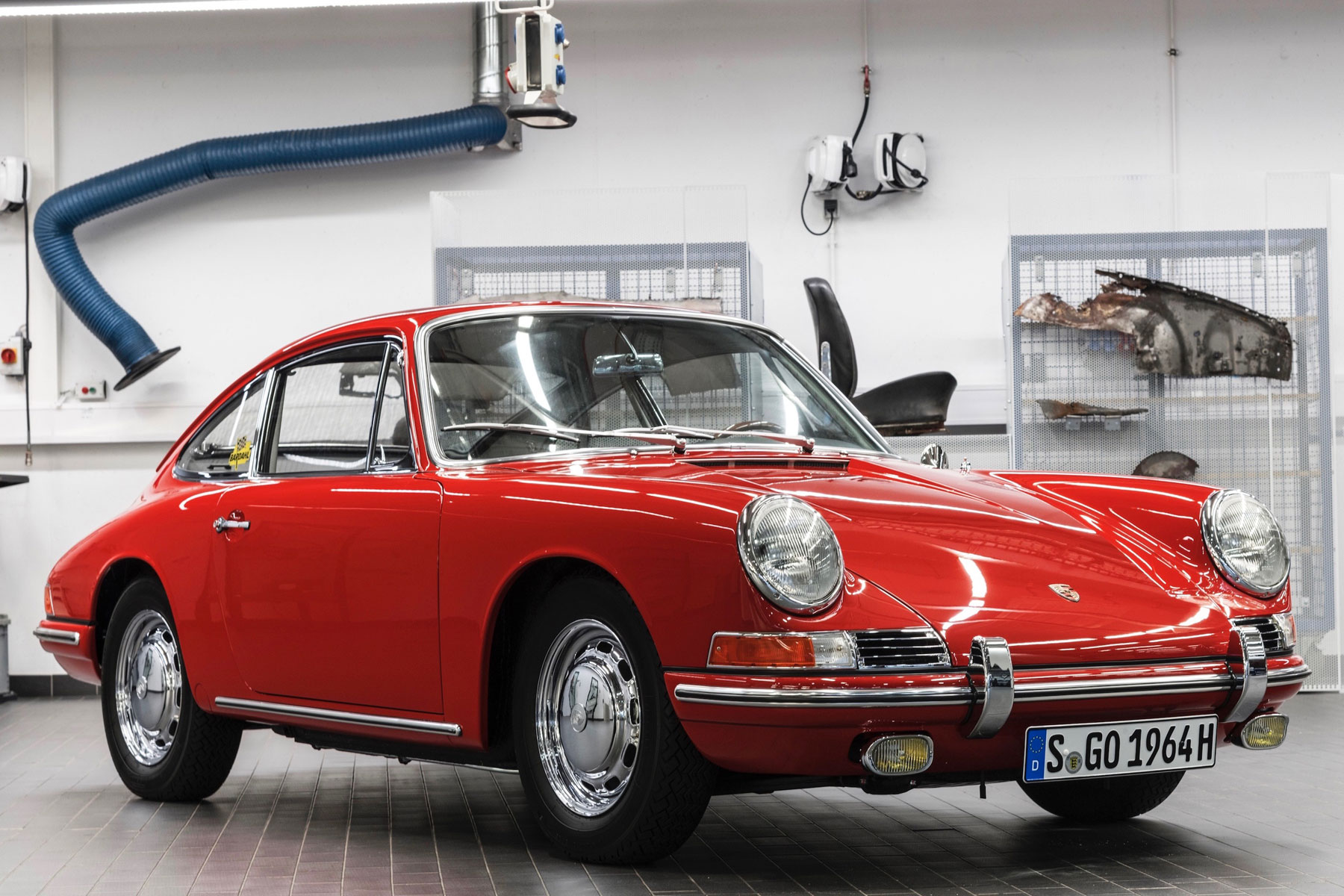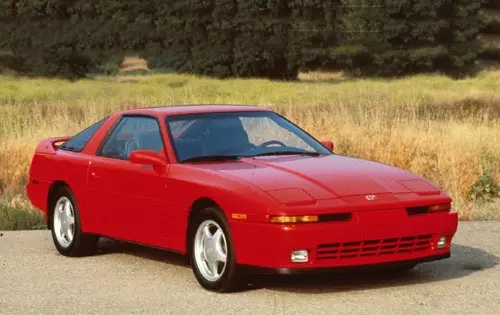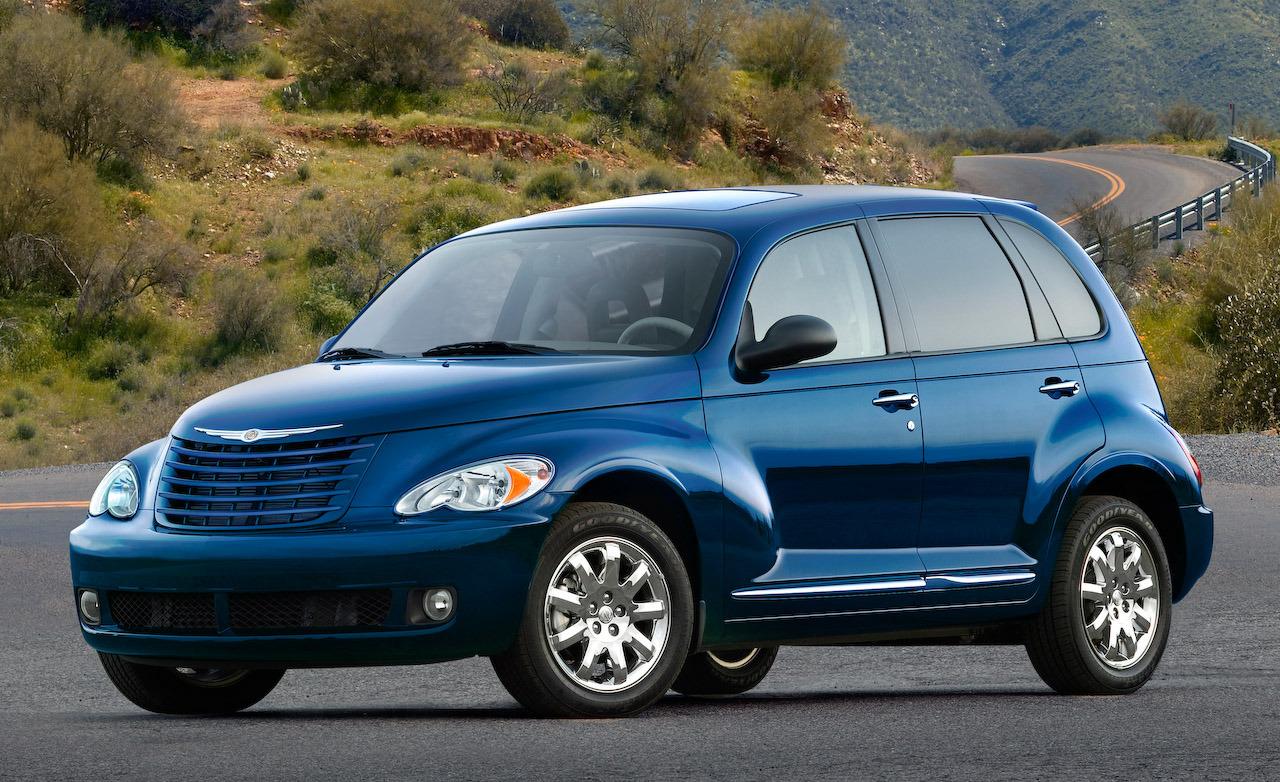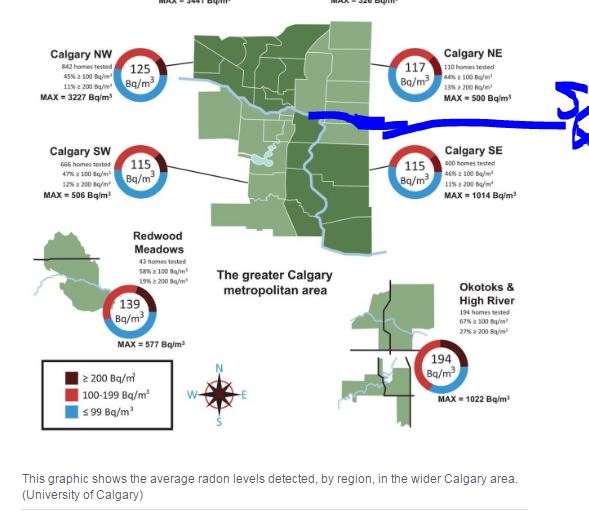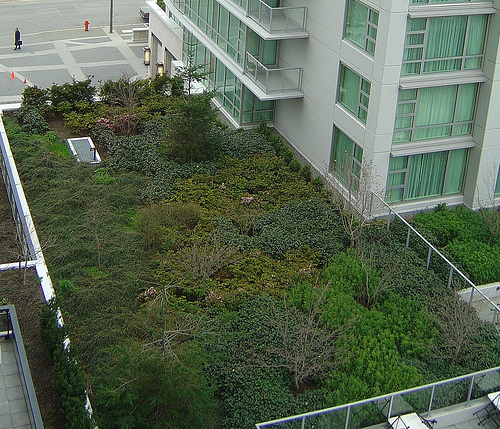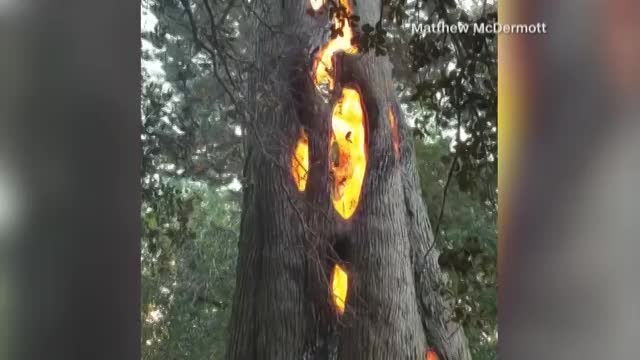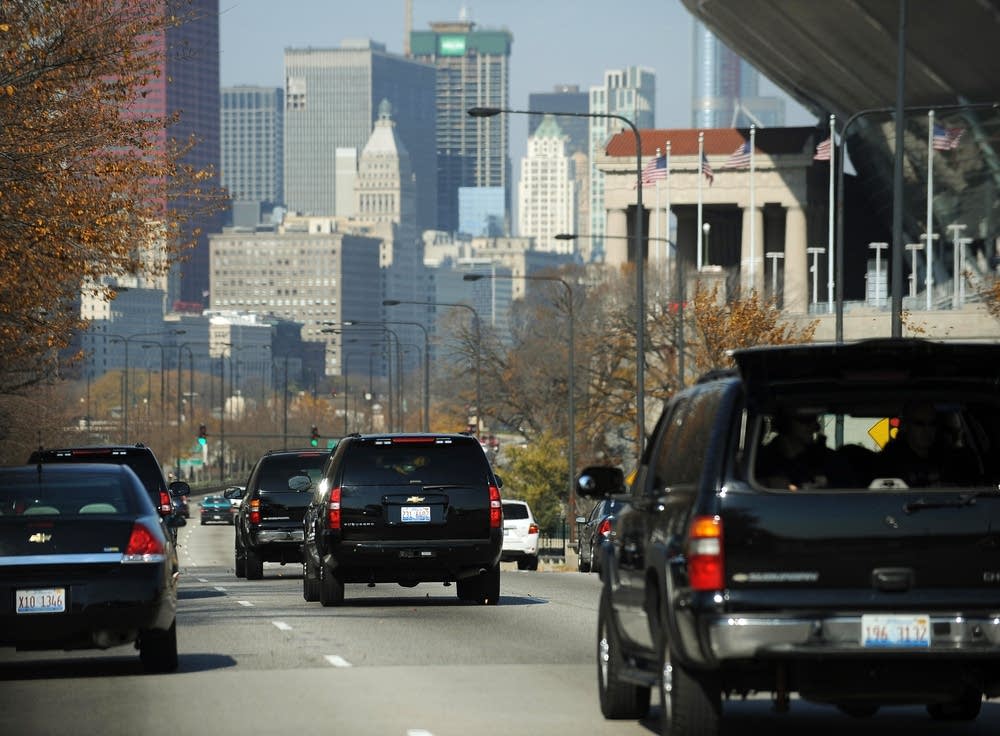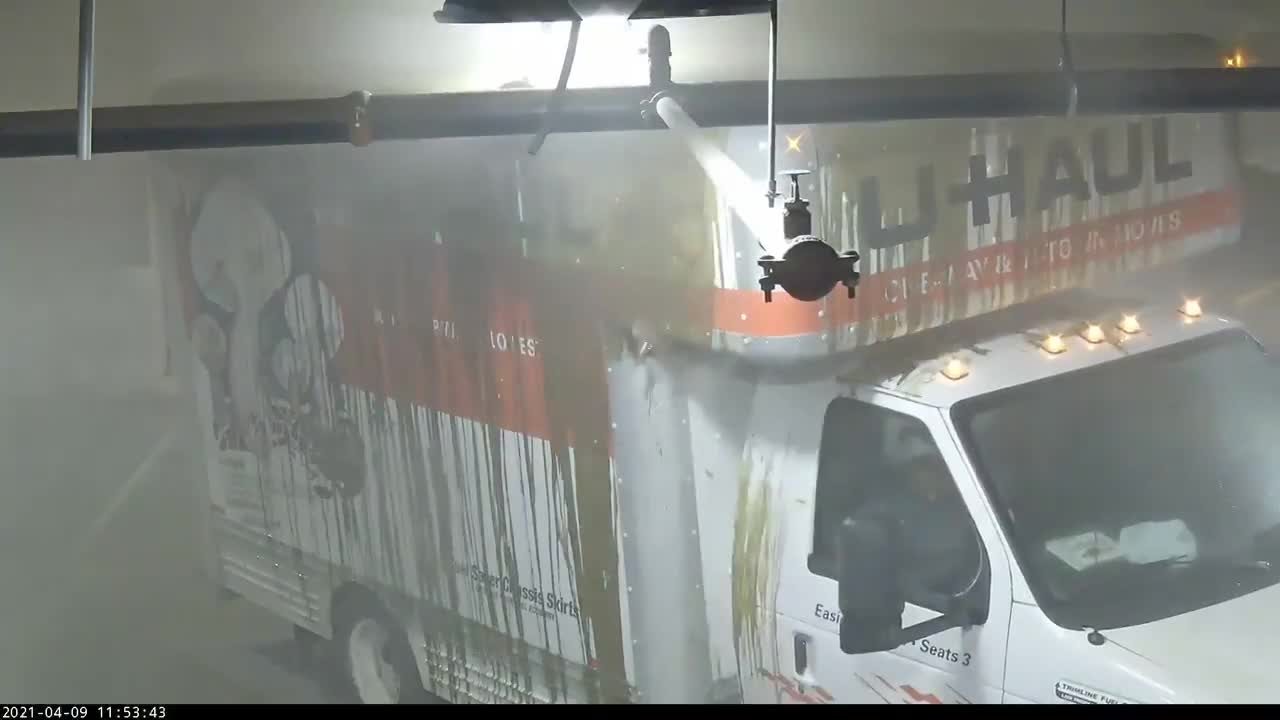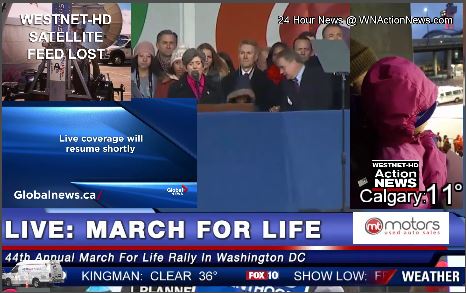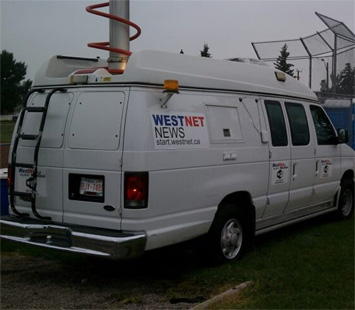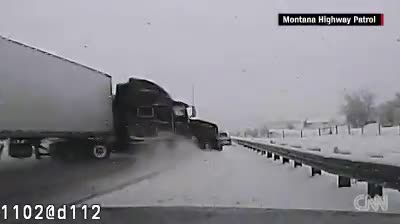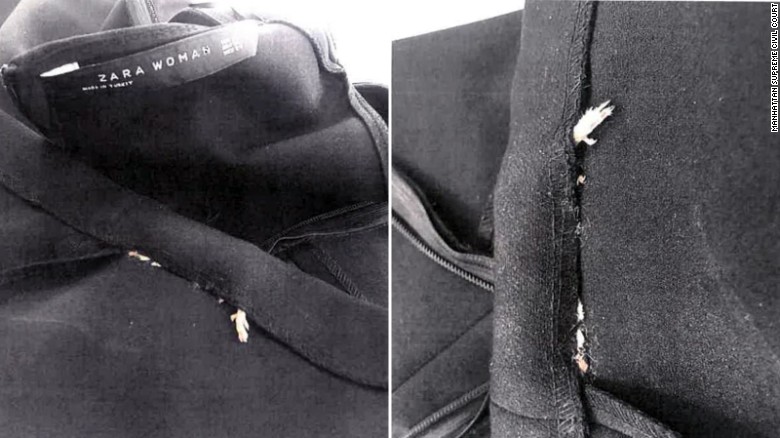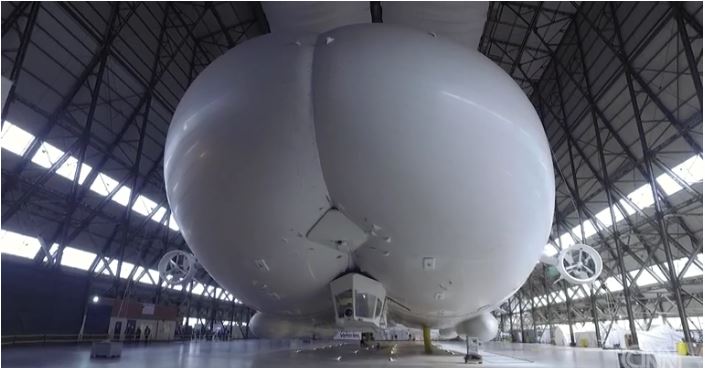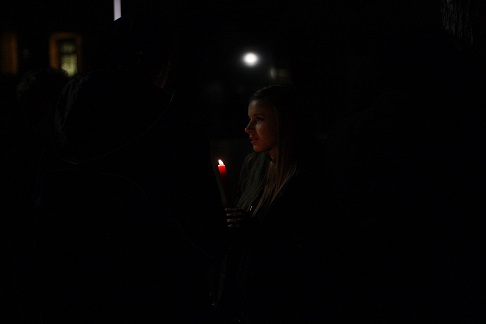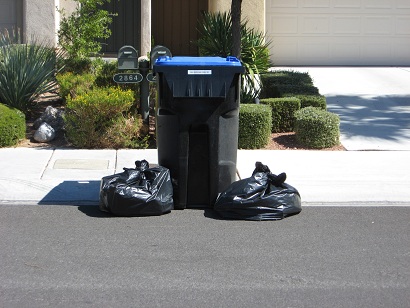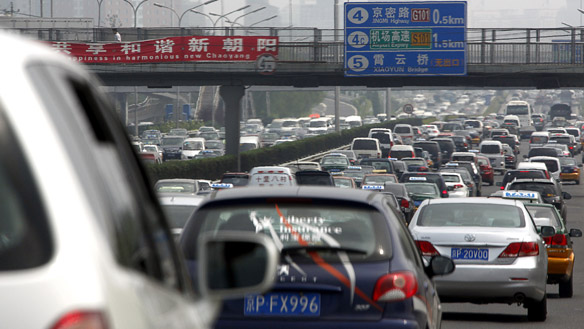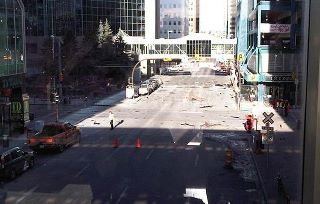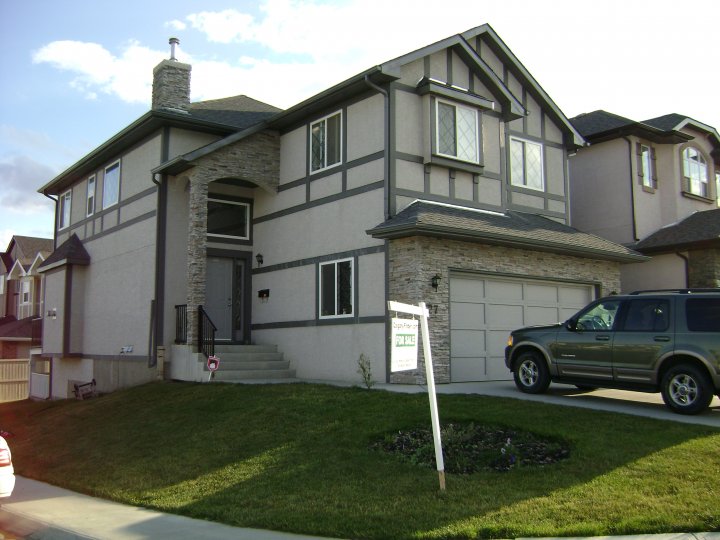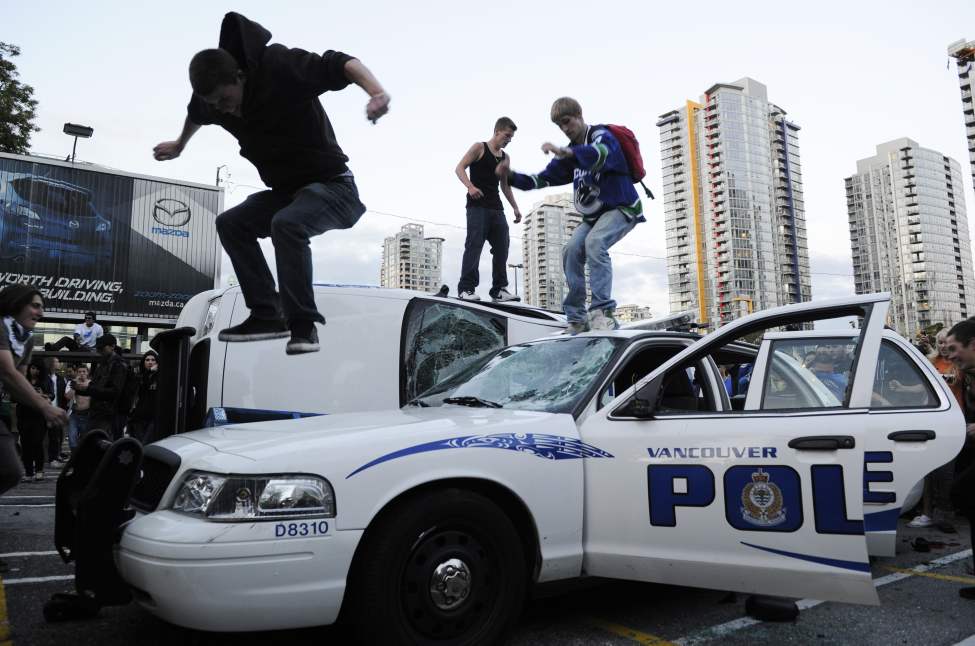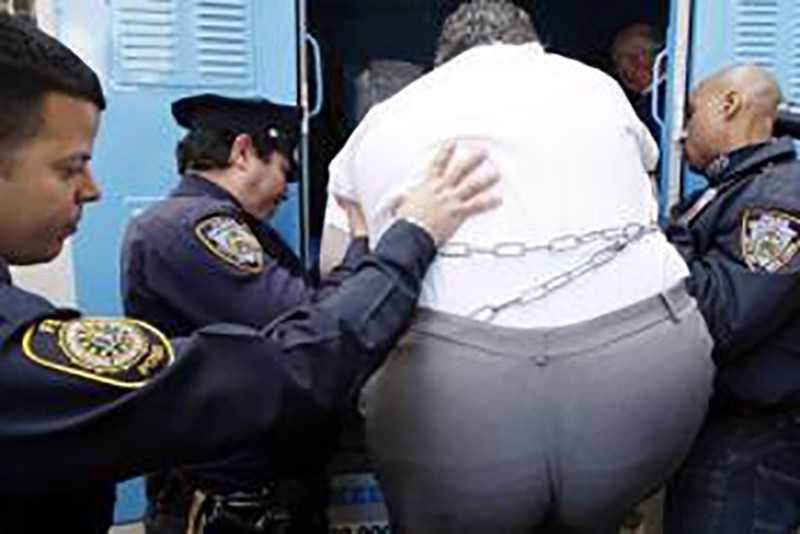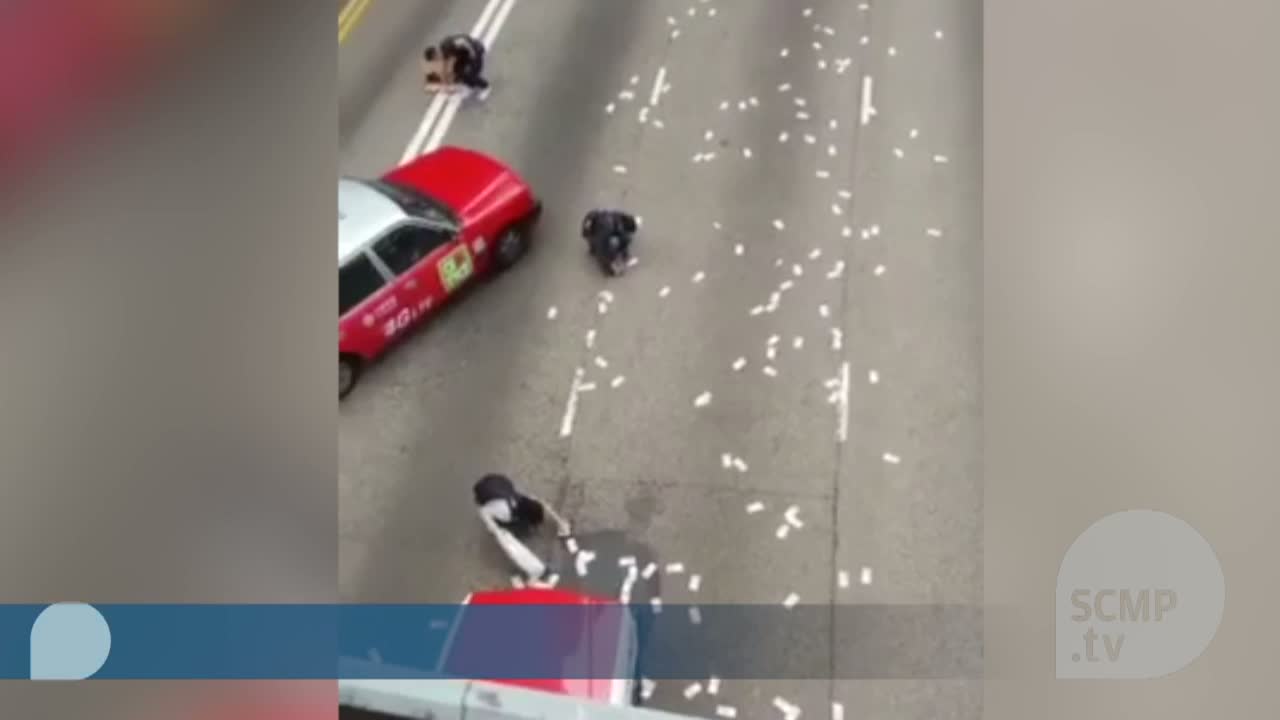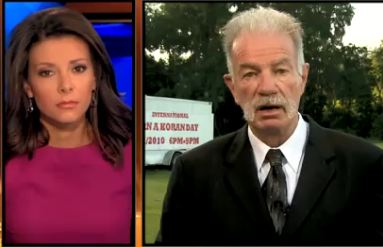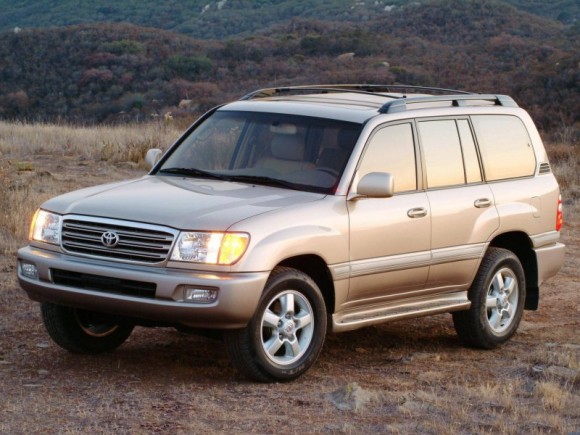'A suck it up, buttercup, moment': Edmonton releases data on projected Valley Line traffic impacts
It's too late to change the design, says city's head of infrastructure
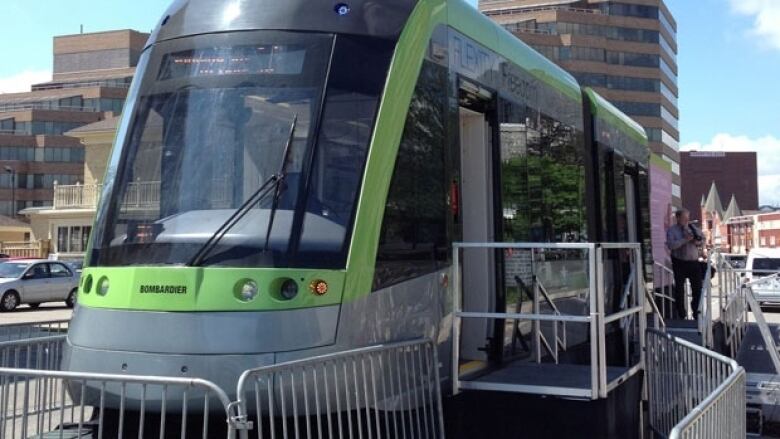
The city Thursday released detailed predictions of how Edmonton's new Valley Line LRT will affect vehicle traffic at intersections.
The data shows current and projected traffic volumes, delays andqueue lengths at 45 city intersections, from 102nd Avenue and 102nd Street to 28th Avenue and 66th Street.
Some intersections along the southeast part of the line will be harder hit than others.
Once the southeast leg opens in 2020, eastbound commuters turning left off Whyte Avenue onto 83rd Street during morning rush hourcan expect to wait seven minutes at the turn. By 2044, that wait will increase by another minute.
Morning traffic currently sits at the turn less than one and a half minutes, according to the data.
The evening rush is expected to fare even worse, with an average wait time close to nine minutes once the Valley Line opens. By 2044, the wait is expected to take longer than 12 minutes.
Eastbound drivers currently wait about four minutes to turn left from WhyteAvenue during the peak evening rush.
'Lots of commuter choices'
If wait times become unreasonably long, the city has not ruled out closingspecific turns to vehicle traffic.
Quite frankly, we would prefer the individuals not get in their car but they get on the LRT.- AdamLaughlin, deputy city manager of integrated infrastructure services
"There are no silver bullets to traffic issues in a growing city," said Adam Laughlin, the deputy city manager of integrated infrastructure services.
"There are lots of commuter choices," he added. "Quite frankly, we would prefer the individuals not get in their car but they get on the LRT."
Edmonton's grid system will help ease congestion, Laughlin said, as commuters find new routes around the affected intersections.
TheValley Line LRT is also designed to flow through intersections alongside traffic, which Laughlin said will eliminate the need for train stopping lights.
Point of no return
Construction on the southeast leg of the Valley Line has already started. As a result, Laughlinsaid it's too late to change the design plan.
"The line has been designed, planned [and]selected on the basis of council's approvals along the way," he said.
"Are there design changes that can happen at an intersection? Potentially, but they're not going to be significant."
But Coun. Mike Nickel said city council might have made different decisionsif its members had known the detailed projections sooner.
I think the data could have been made available earlier and it would have informed some of our decisionsbetter.- Coun. Mike Nickel, Ward 11
Nickel read the new numbers Thursday, after they were released publicly. The reportwon't be brought to executivecounciluntil Aug. 22.
"I walked away with a 'suck it up, buttercup,' moment," Nickel said. "It kind of felt like, 'This is the way it's going to be.'
"If that's the way it's going to be, I'm going to have to deal with all the impacts that are going to come out of it that's all you can do."
The Valley Line cuts through Ward 11, which Nickel represents. He said he's worried about drivers short-cutting through residential neighbourhoods if they become impatient at intersections.
"I think the data could have been made available earlier and it would have informed some of our decisions better," he said.
"Given that most of the line is in Ward 11, I would have really appreciated that information."
Nickel said he has been asking for more detailed information for the past three years.
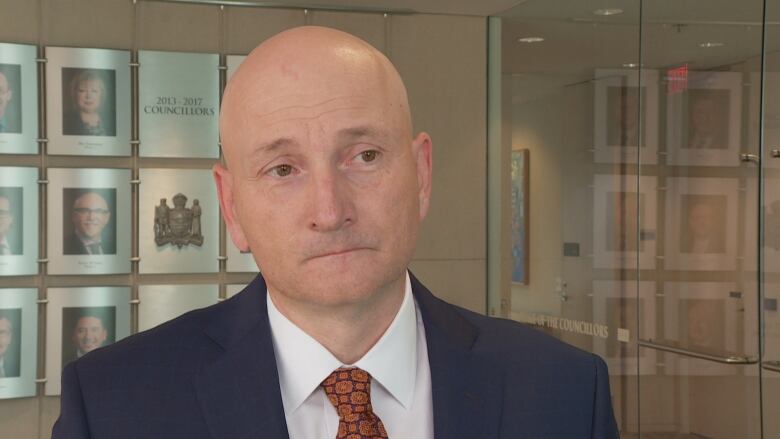
Due to confidentiality agreements with companies bidding for the Valley Line LRT contract, Laughlin said the detailed projections couldn't be shared sooner.
Instead, councillors received projections based on a gradedsystem, by which intersections along the southeast branch of the Valley Line LRT received a grade from 'A' to 'F.'
A grade of 'A'reflects a wait time of less than ten seconds, while an'F' grade is given to any turn with a wait time longer than 80 seconds.
"Now that they finally roll out the numbers, we get to see where a lot of the problems are," Nickel said. "What I found interesting is that our administration doesn't consider 'F' a fail, they just consider it congested.
"When I asked them what they considered to be a failed intersection, they really couldn't give me an answer."
Short-term pain, long-term gain
The Valley Line's potential to reducetraffic volumein Edmonton will outweigh its impact on specific intersections, said Coun. Ben Henderson.
Manyof the affectedintersections are already problematic, he added.
"I don't think the LRT makes a significant difference to them," Henderson said. "For the main flow of traffic, it probably should help."
One train can replace 600 cars, according to the data released Thursday.
"In the long run that will help make traffic run more smoothly," Henderson said.
"It's the only way we're everreally going to be able to deal with the sheer volume of people we need to move through the core parts of our city."
The Valley Line LRT is a 27-kilometre network that will link Mill Woods Town Centre with Lewis Estates in the west end, passing through the downtown core.
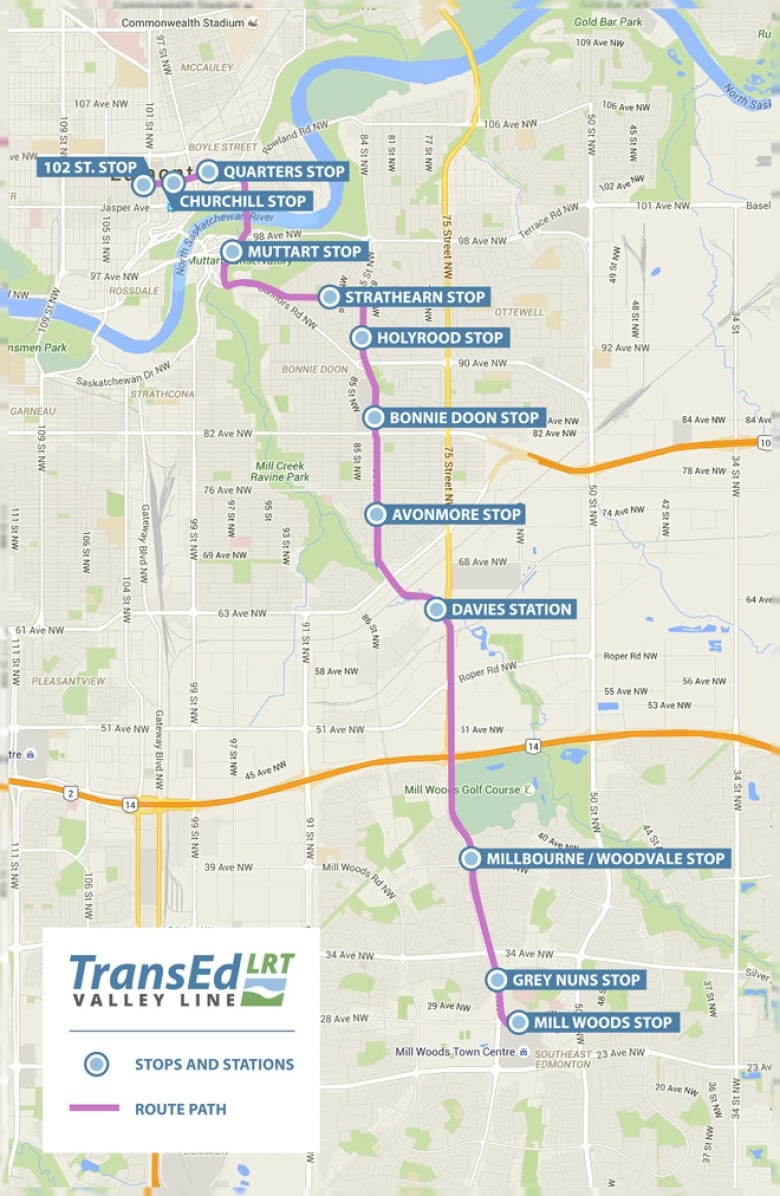
With files from Anna Desmarais
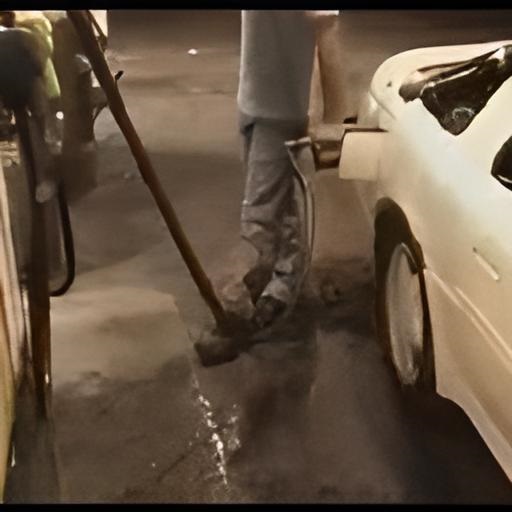
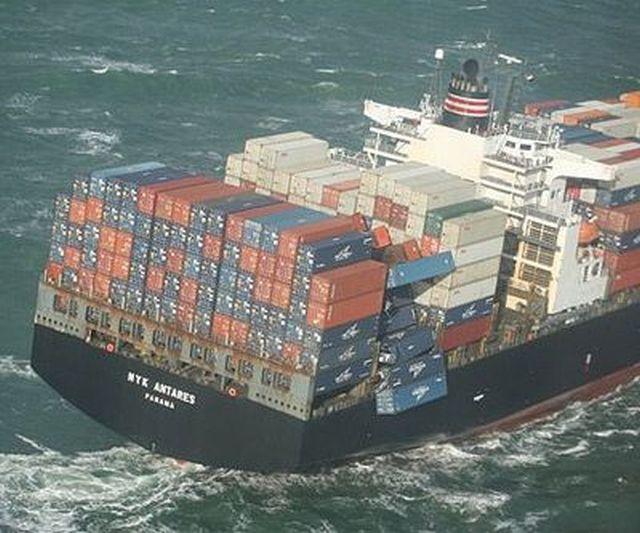

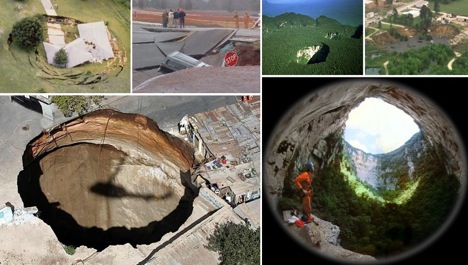
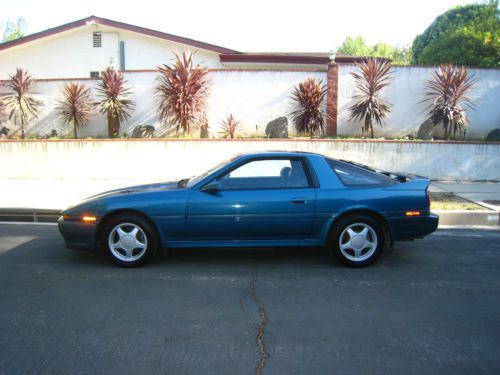
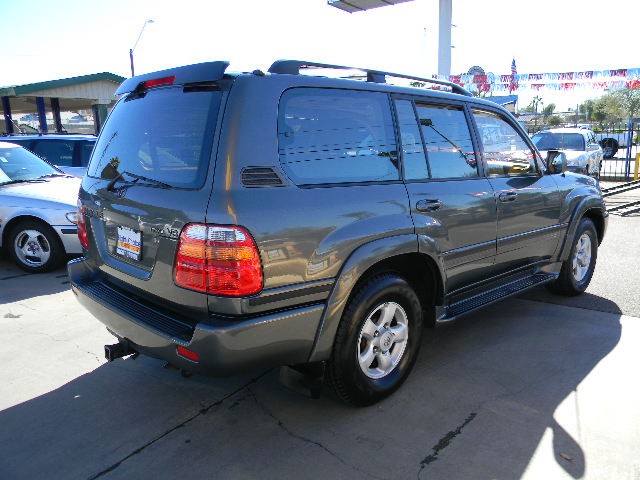
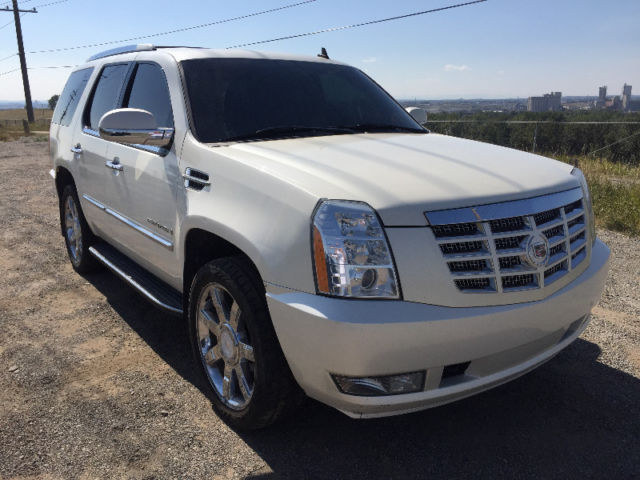

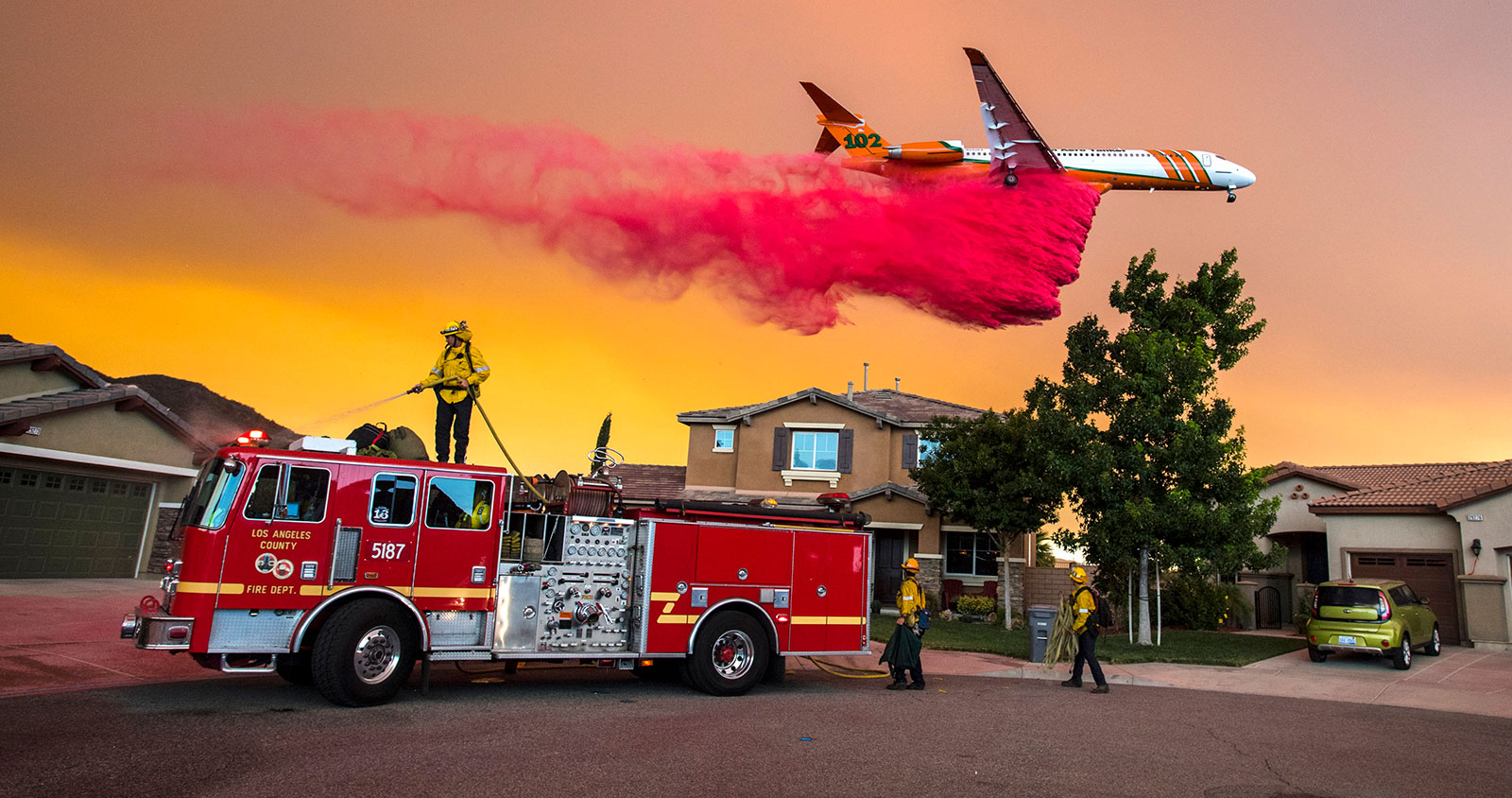
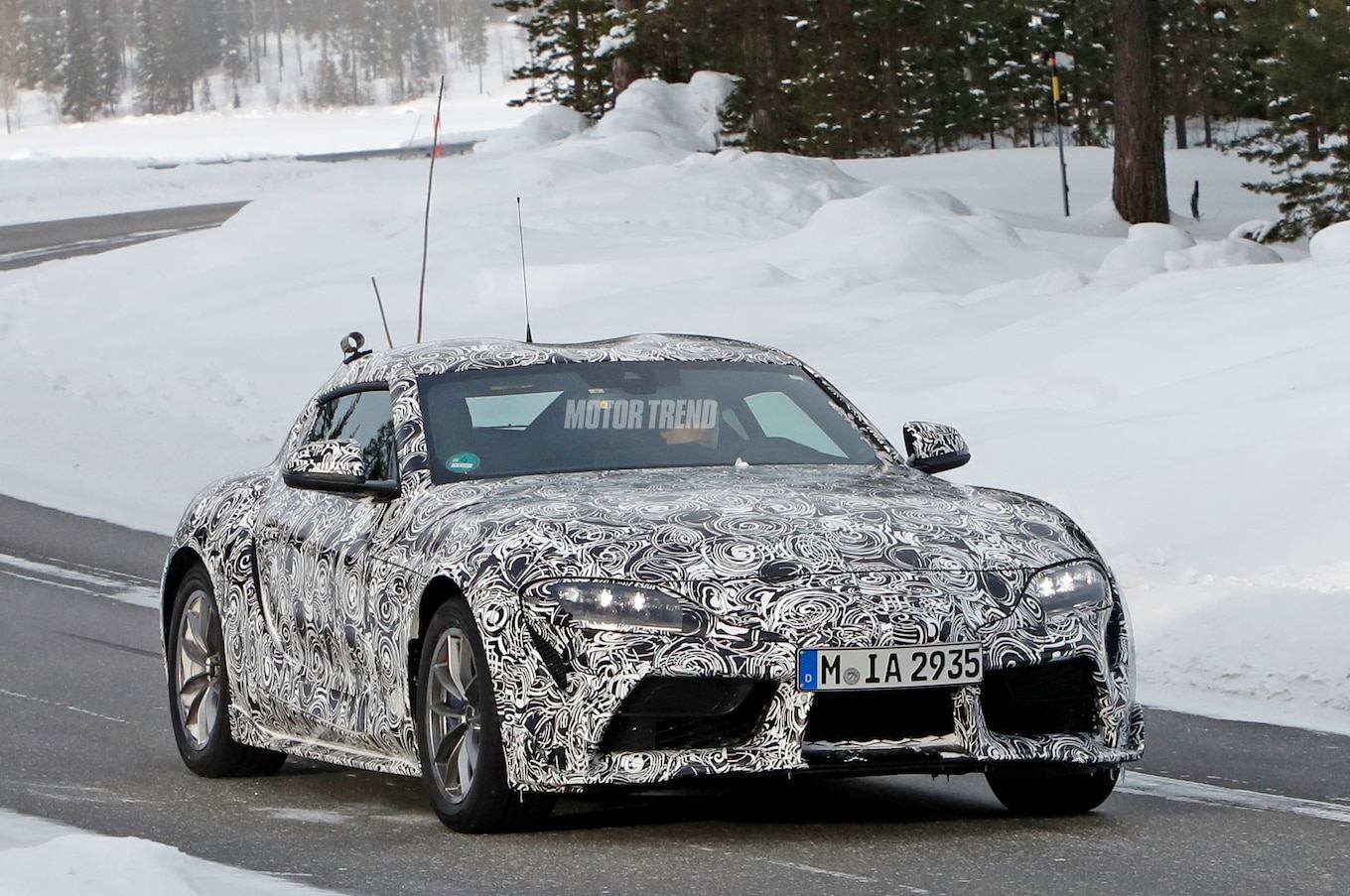


_(720p).jpg)
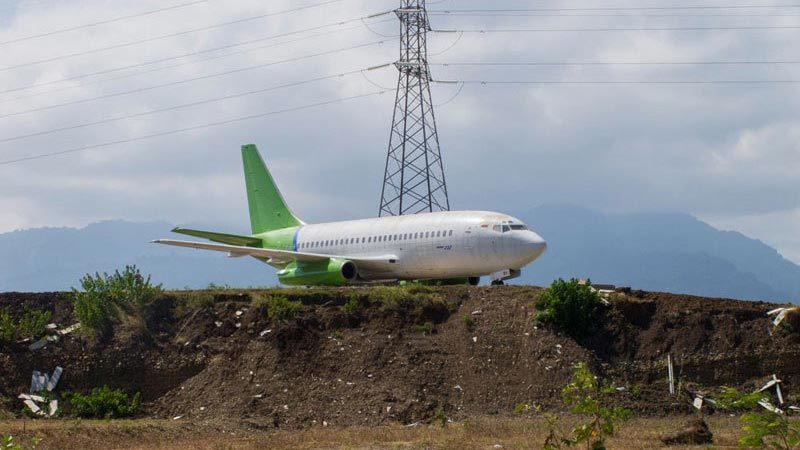
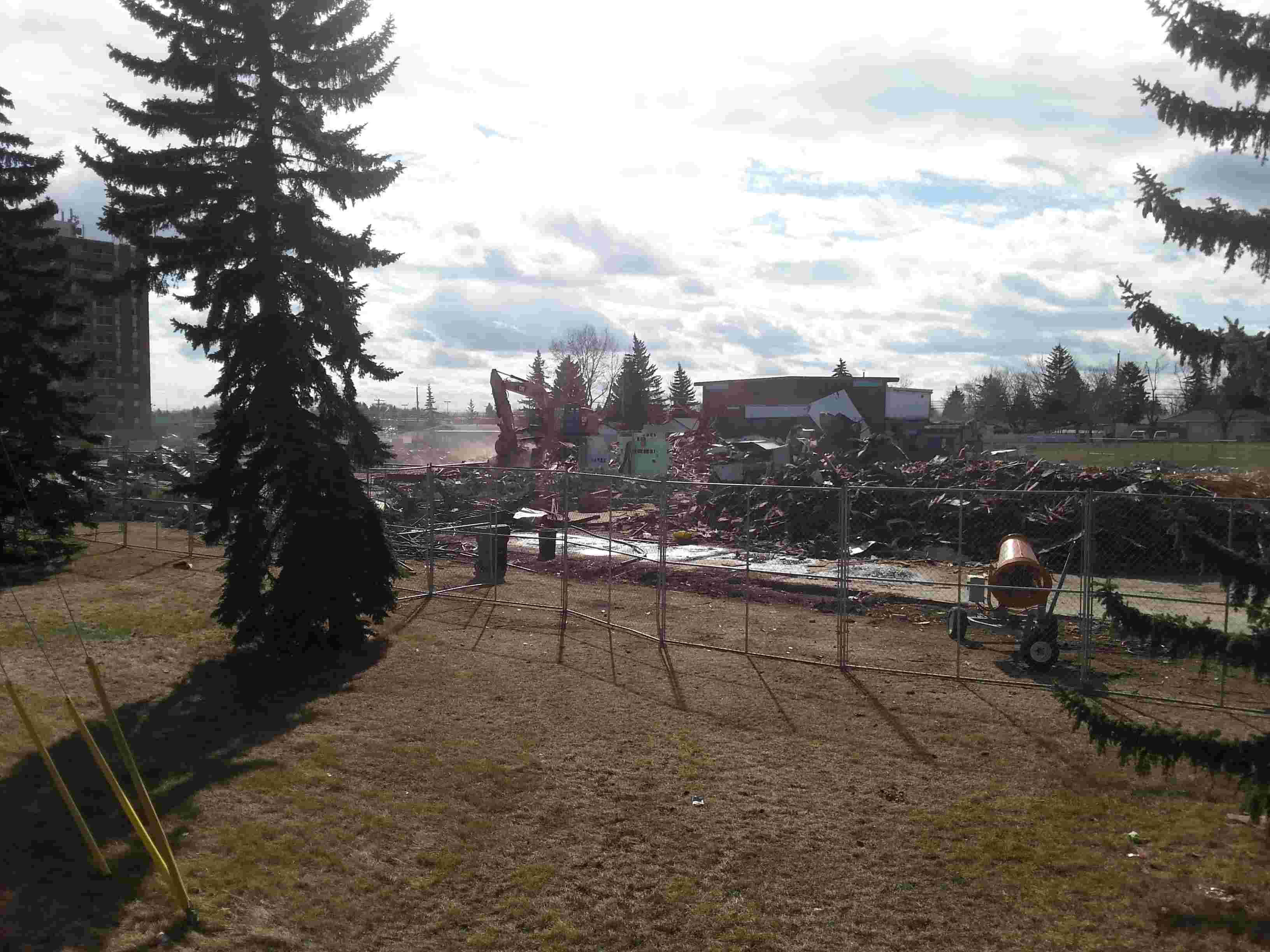
 OFFICIAL HD MUSIC VIDEO.jpg)
.jpg)
